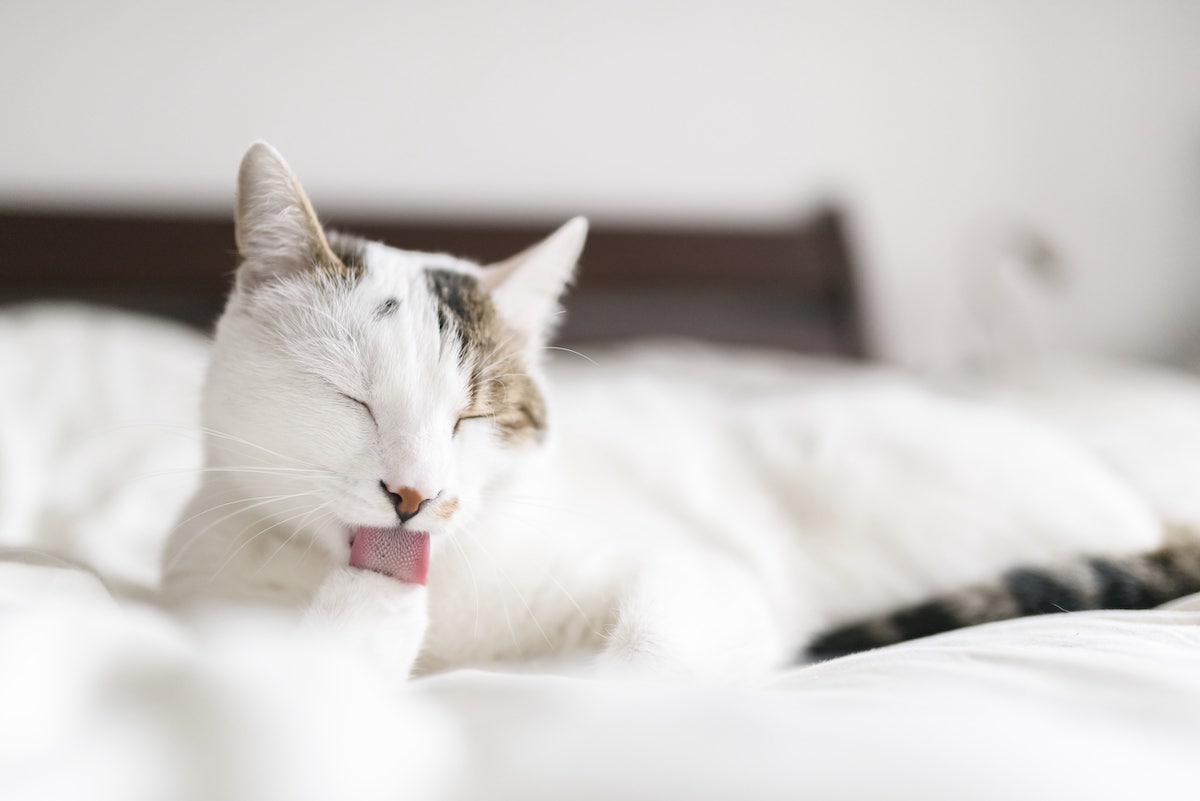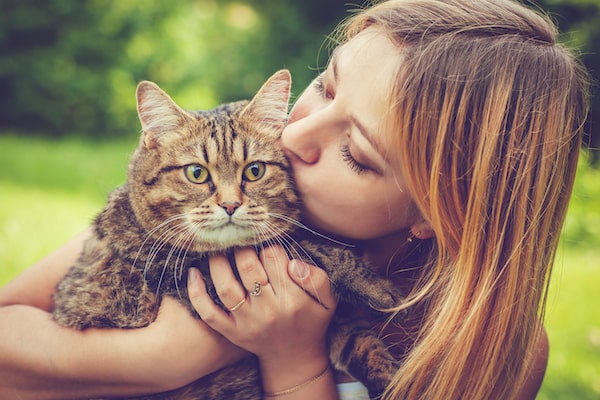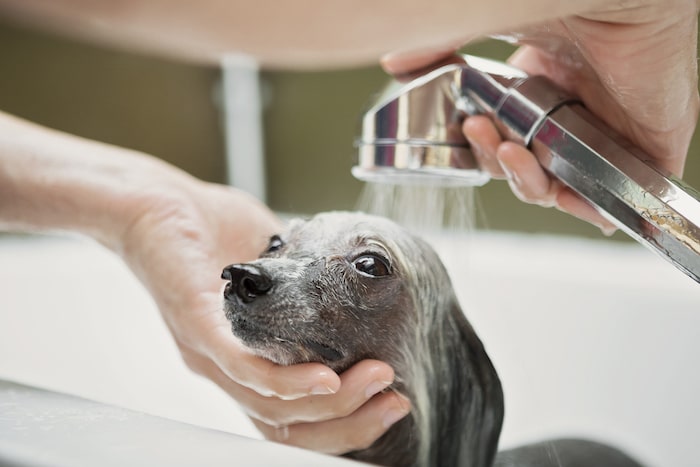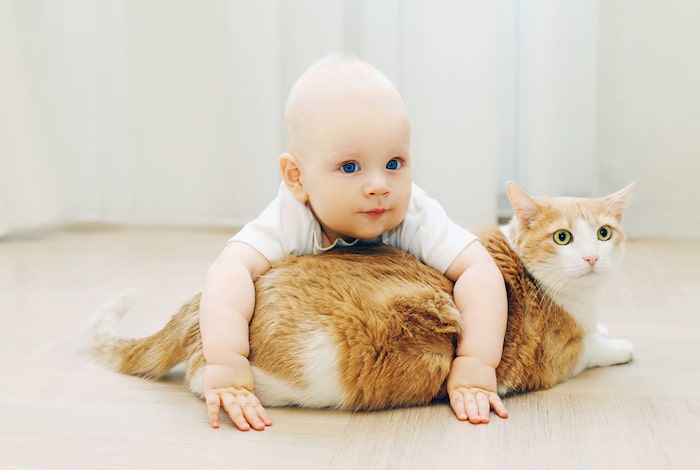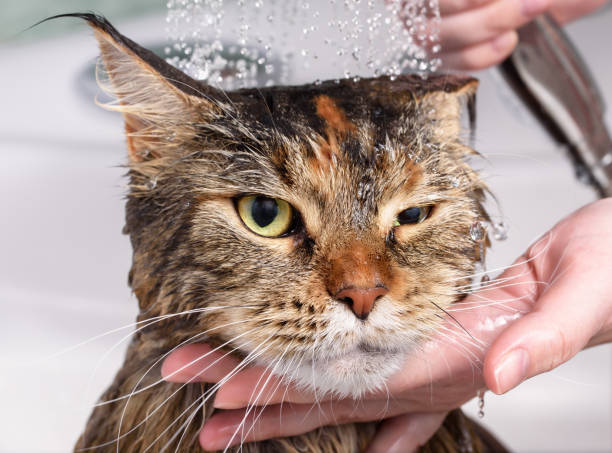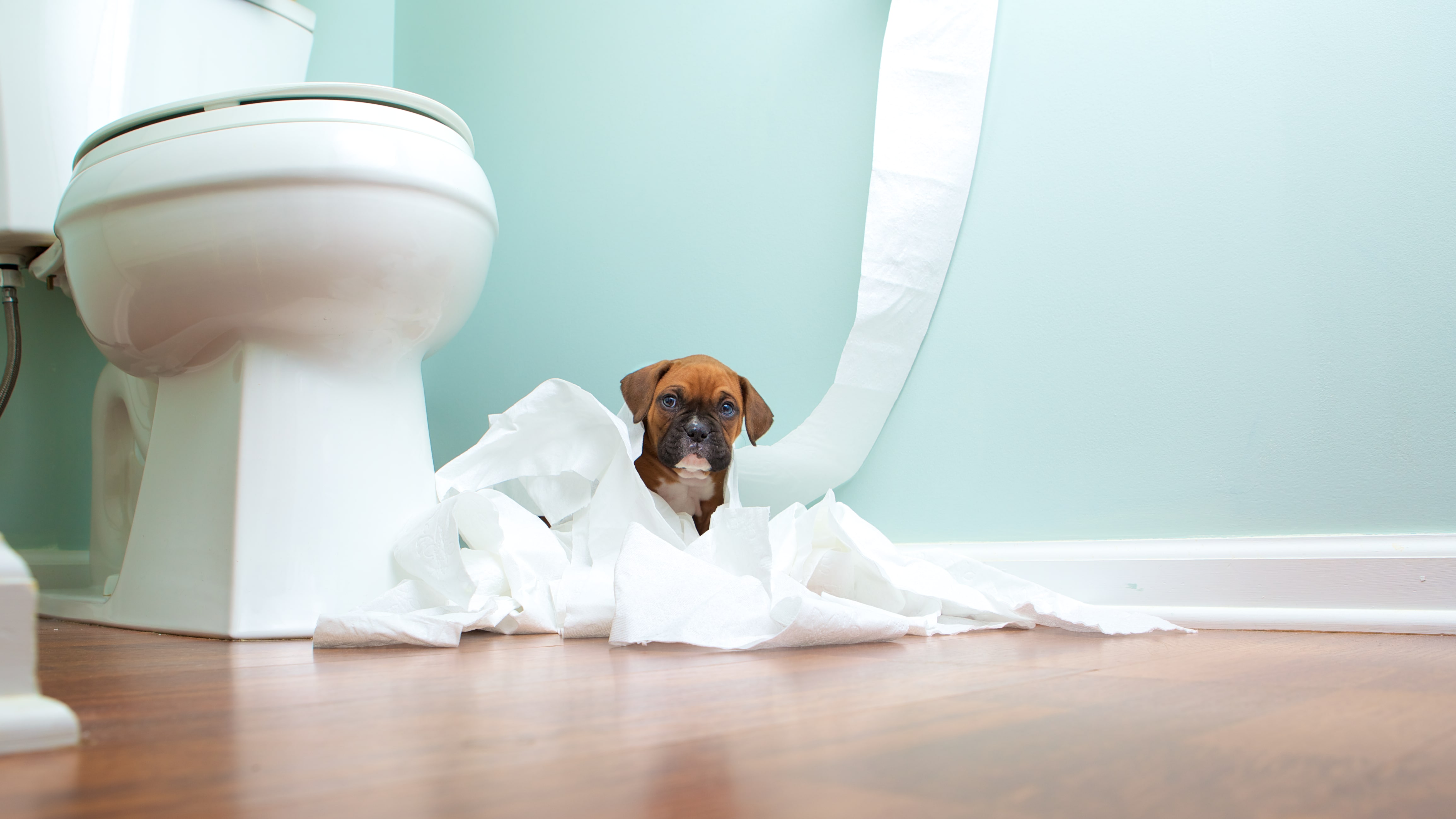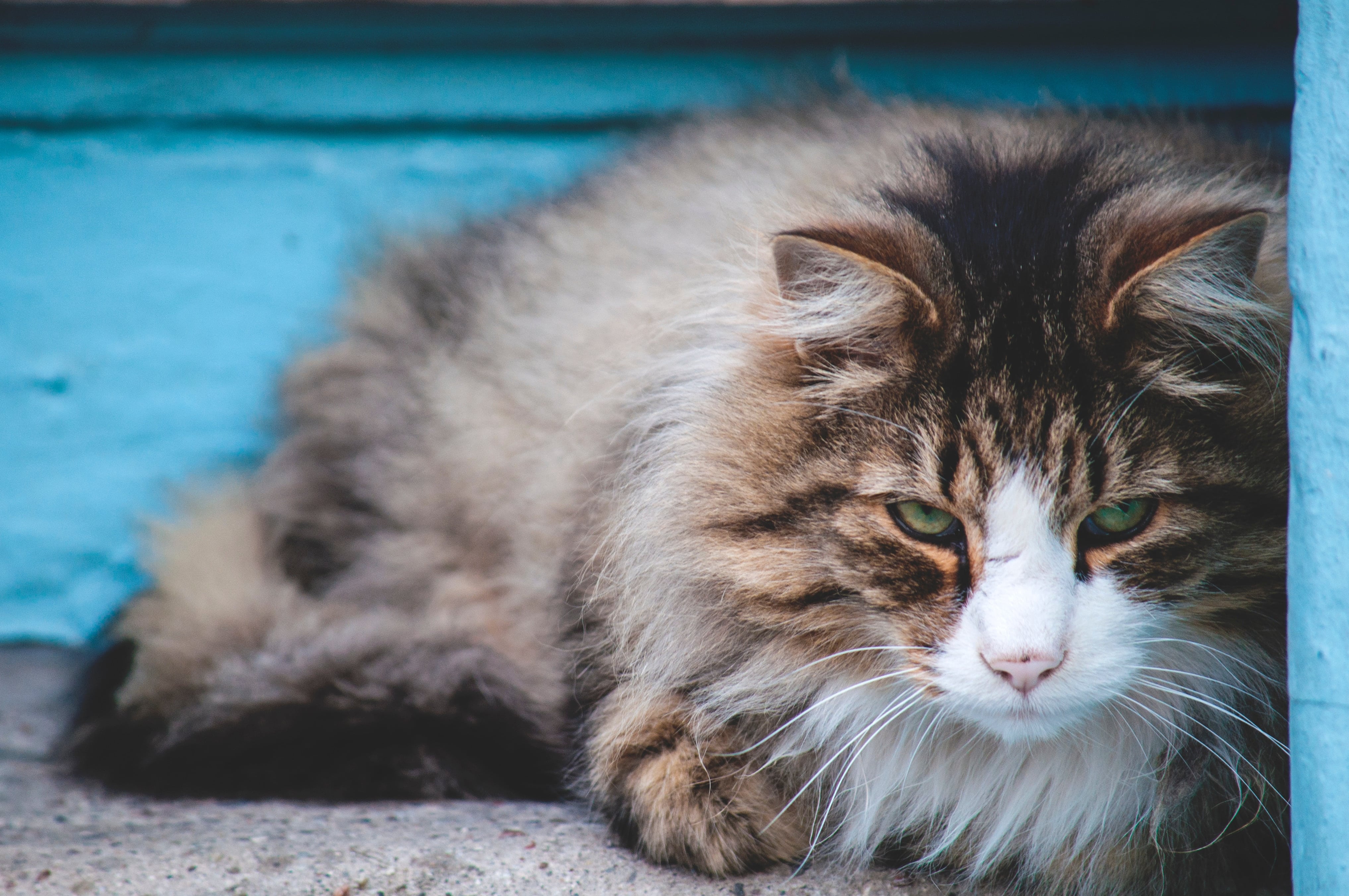
Changing Cat Food
by Sam Salvati - 08/26/20
Switching cat food can be difficult but necessary. If you’re searching how to change cat food, follow these guidelines so you won’t have to deal with the repercussions of our picky felines.
Reasons for a Change in Your Cat's Food
Health issues are often a reason to change your cat's food. With some specific health conditions, your vet may want to prescribe a special diet to counter an illness. If your cat has kidney or bowel disease, you may want to ask your veterinarian about a special diet.
Another motivation to change cat foods is for weight issues. If your cat is overweight, consider a healthier cat food brand, or switching to wet cat food or dry cat food depending on your cat's needs.
Choosing the Best Cat Food for Your Cat
Before you decide on a new food for your cat, investigate its contents to make sure its right for your cat. First, look for an AAFCO label to confirm that the food has the necessary proteins, vitamins, fats, and minerals to be a substantial meal.
Also, check the energy value when searching for new food. How much cat food per serving must be monitored as well.
Before selecting a new type of food, visit your veterinarian to ask about your cat's dietary needs to make sure you select the right food.
Switching your Cat's Food
It is essential that you avoid switching cat food too quickly. If change your cat's diet too abruptly, your cat will likely get an upset stomach.
First, add only 25% of your cat's serving of new food to her meals. If she accepts that, then add 50% over the next few days. Slowly increase the percentage of new food continuously if your cat accepts the change. If both foods are being eaten and your cat's stomach is not upset, you should be able to switch foods entirely in about two weeks.
If you notice your cat is only eating the old food, try waiting longer periods between meals (but not too long - less than a day) to get her hungrier. That way she is more likely to eat everything put in front of her. However, always make sure your cat is getting enough to eat each day.
For a transition to wet food, use a similar, incremental strategy to get your cat acclimated. Slowly add small amounts of wet food over two weeks if your cat is accepting the food. If not, adjust accordingly.
As a last resort, appetite stimulants are available at vet clinics to motivate your cat to eat the new food. This is a harsher way of switching foods, but if the incremental strategy doesn't work, it may be necessary.
Always discuss with your veterinarian when switching foods.
Pasadena native Sam Salvati is the adoring dog dad to Pablo, Ester and Farris. He enjoys keeping abreast of and writing about the latest developments in pet care.
References


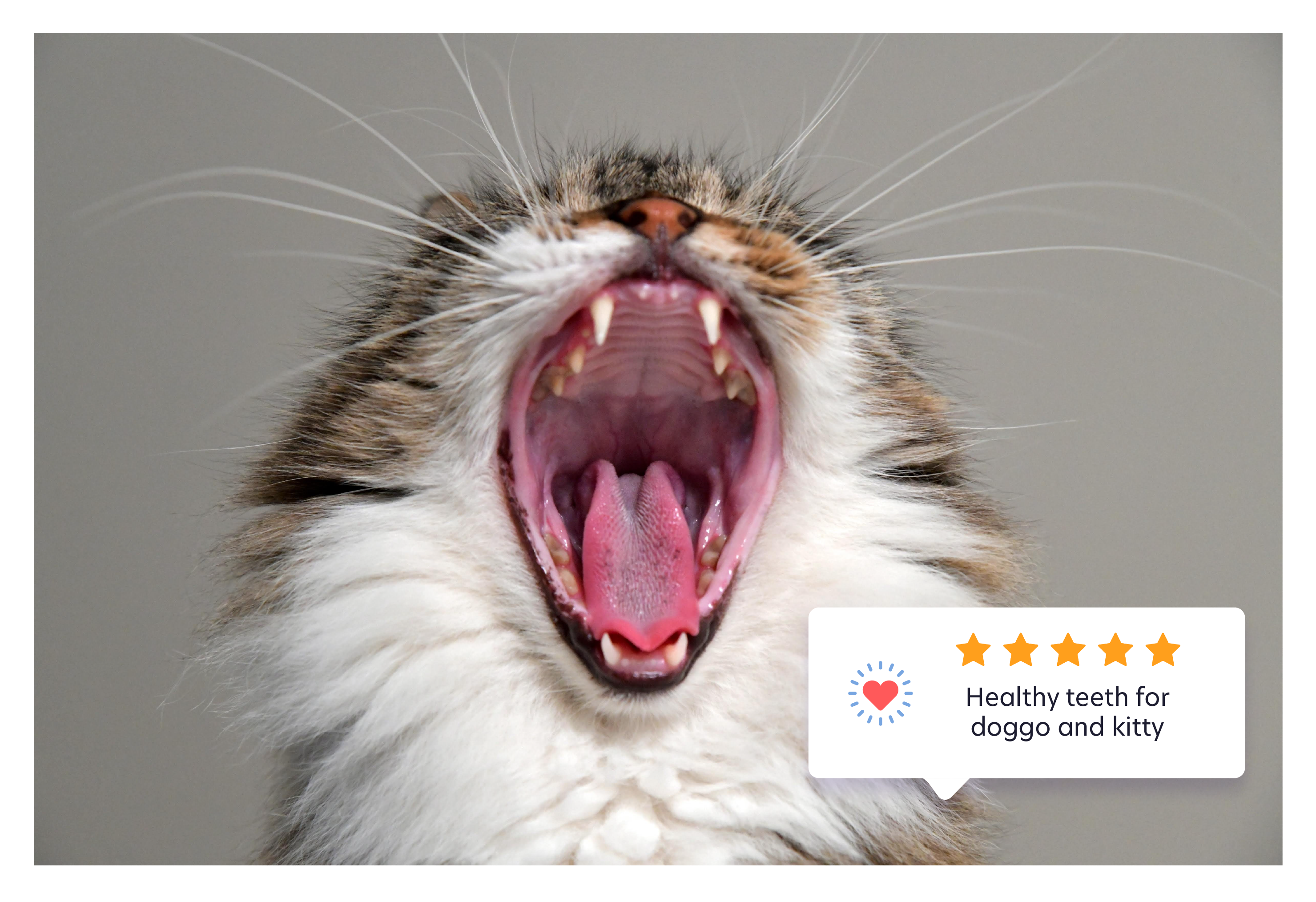

.jpg)
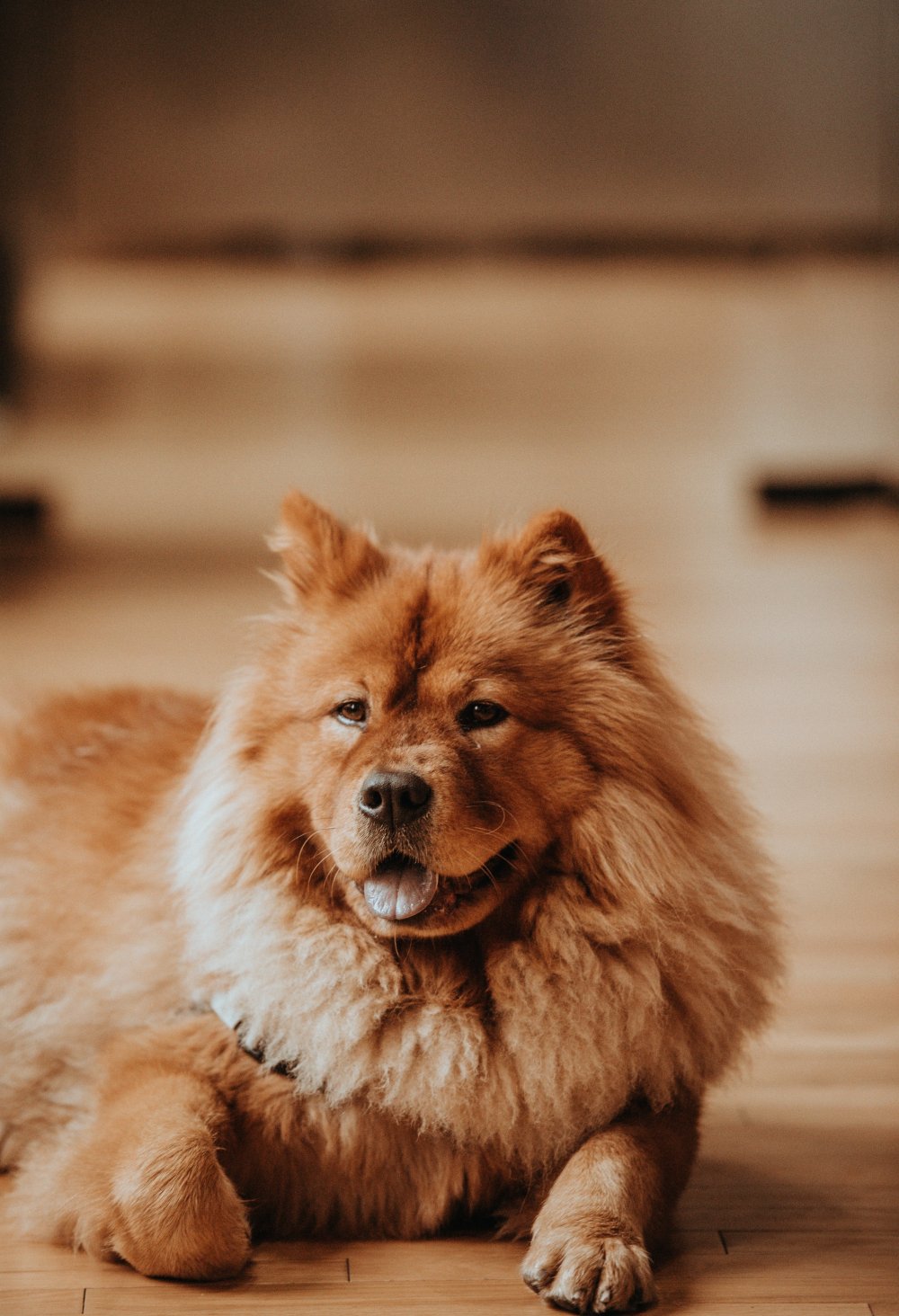
.jpg)
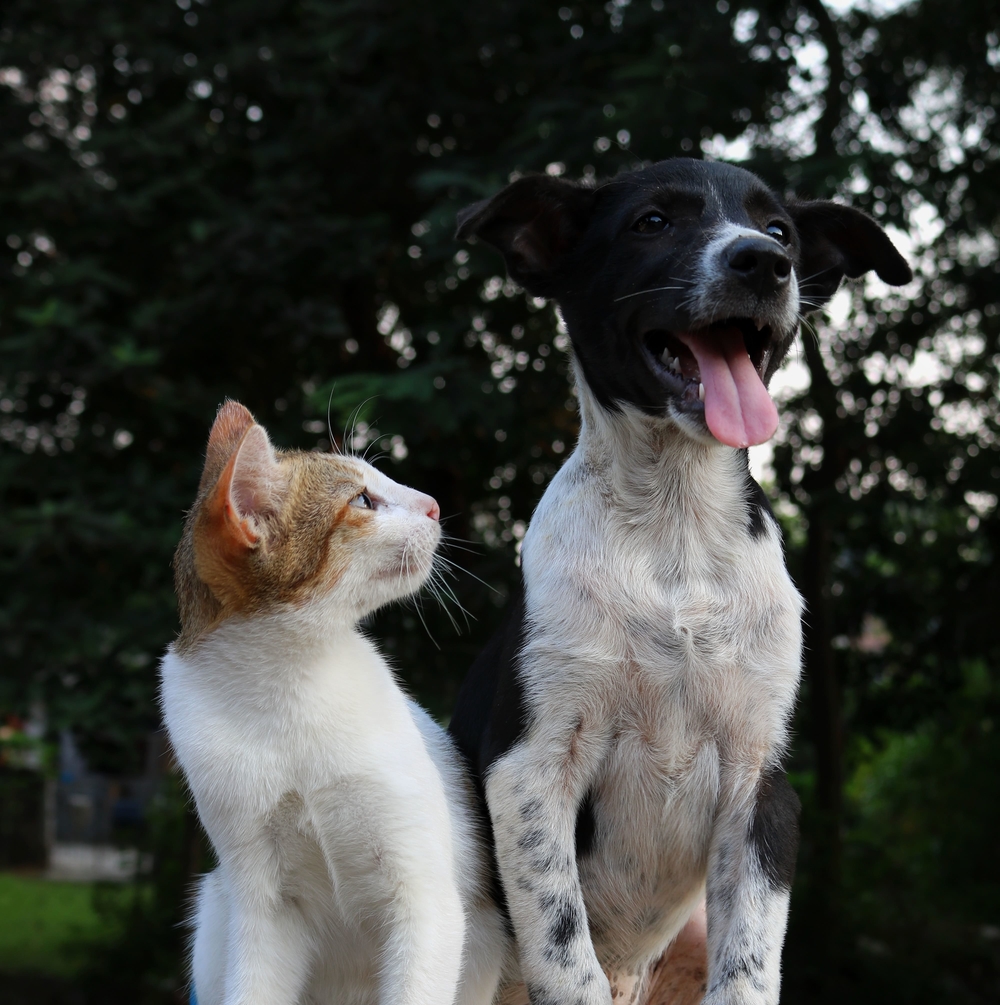
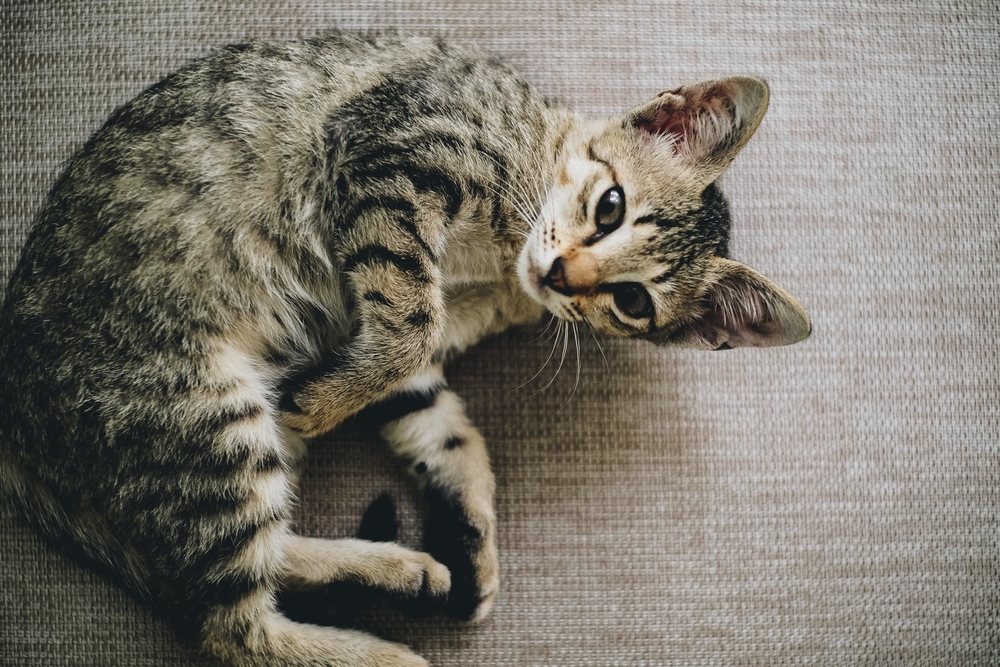
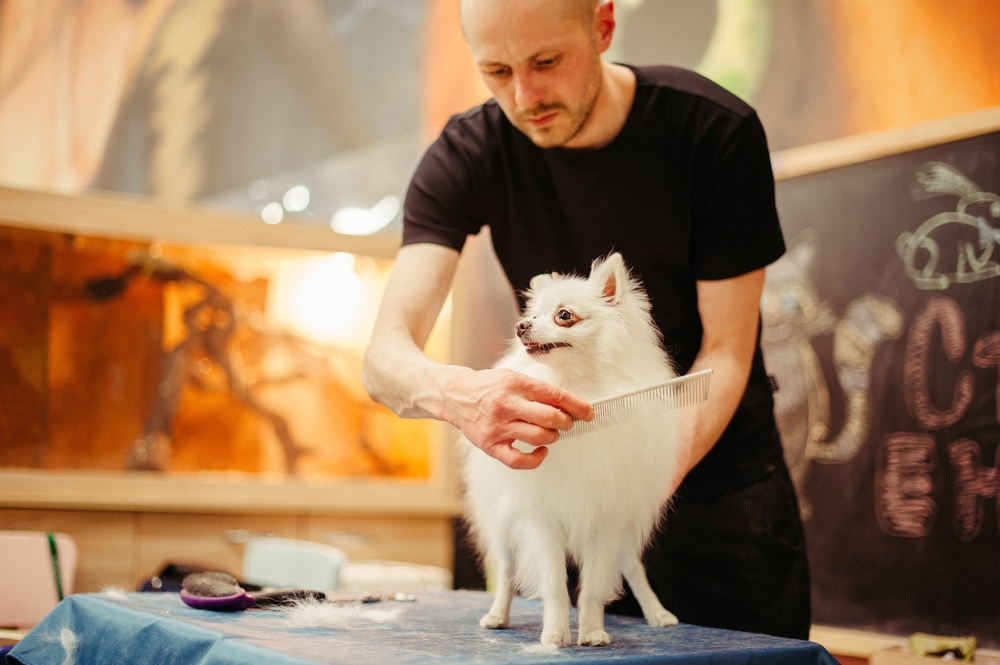
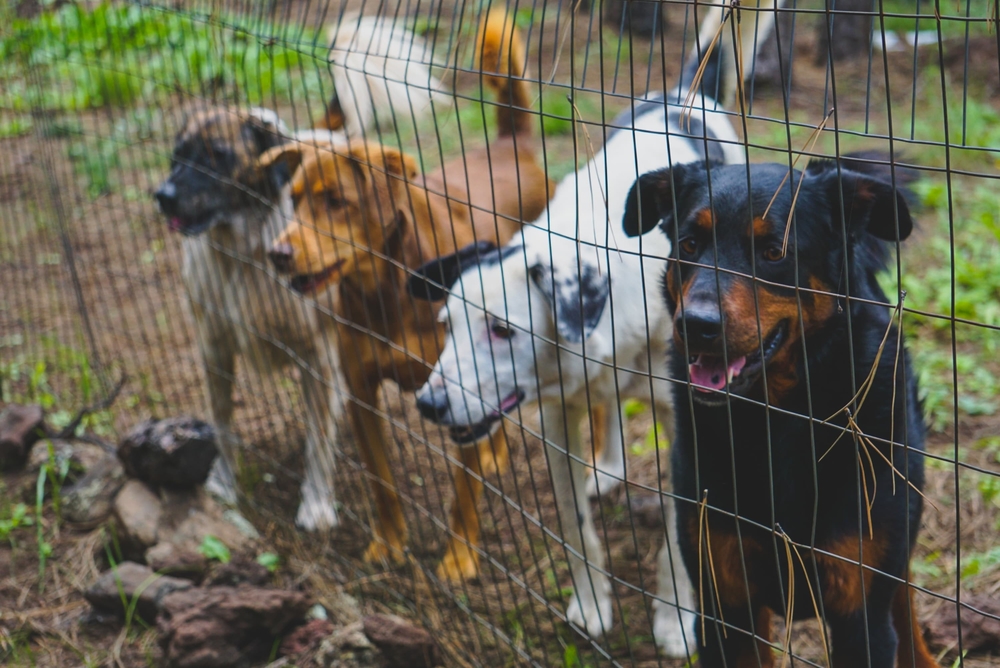
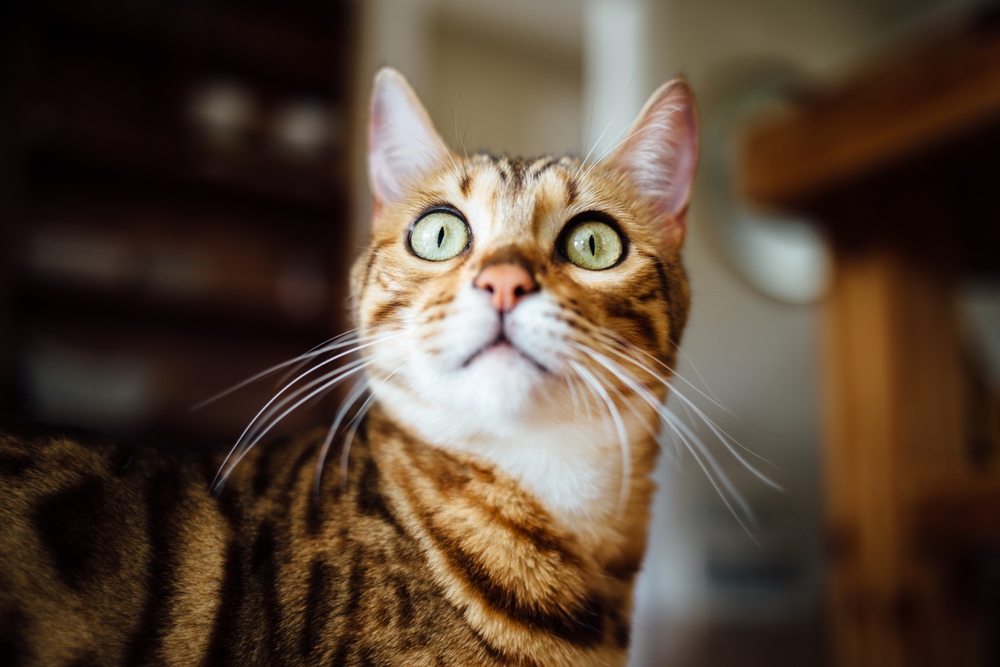


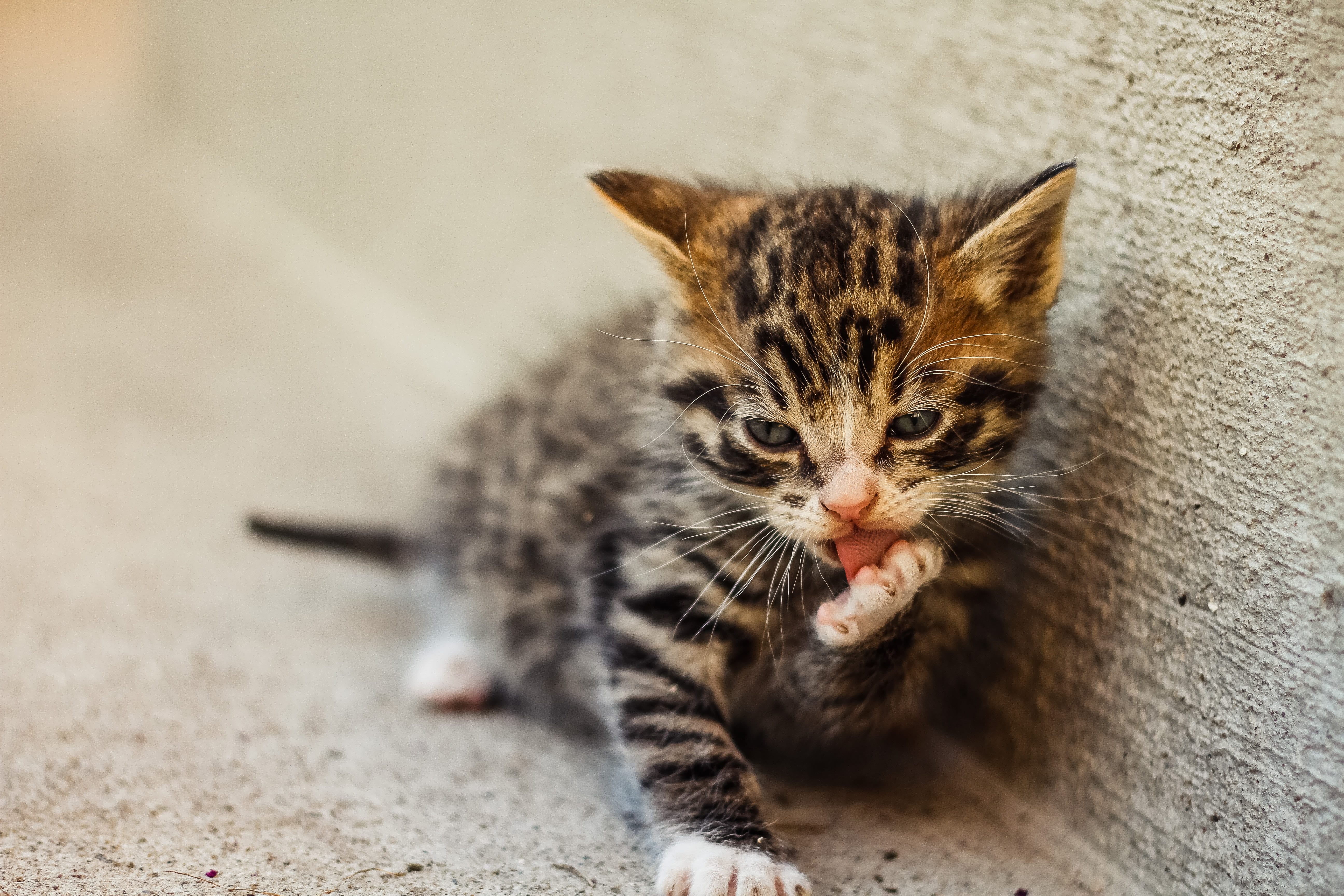

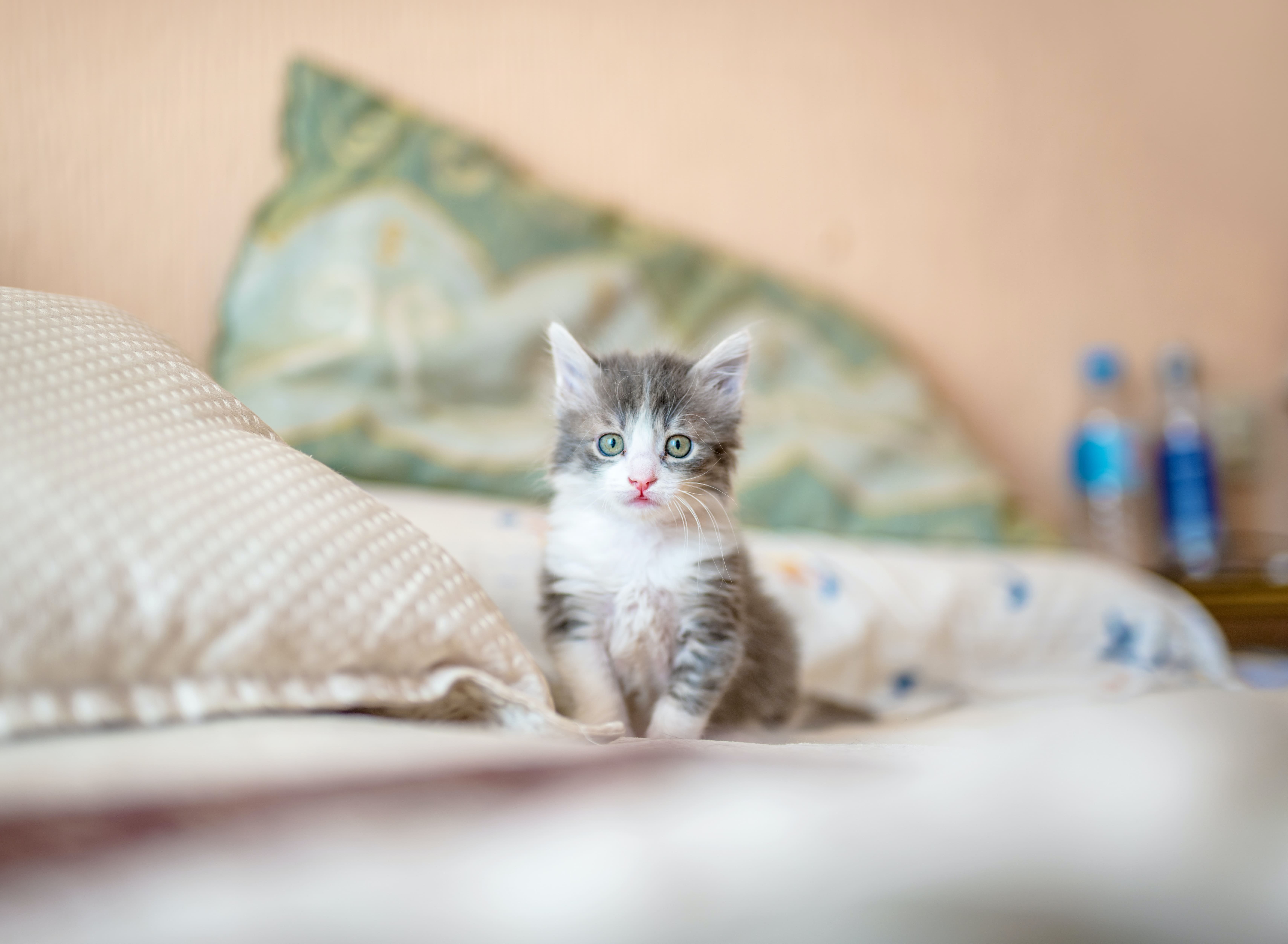
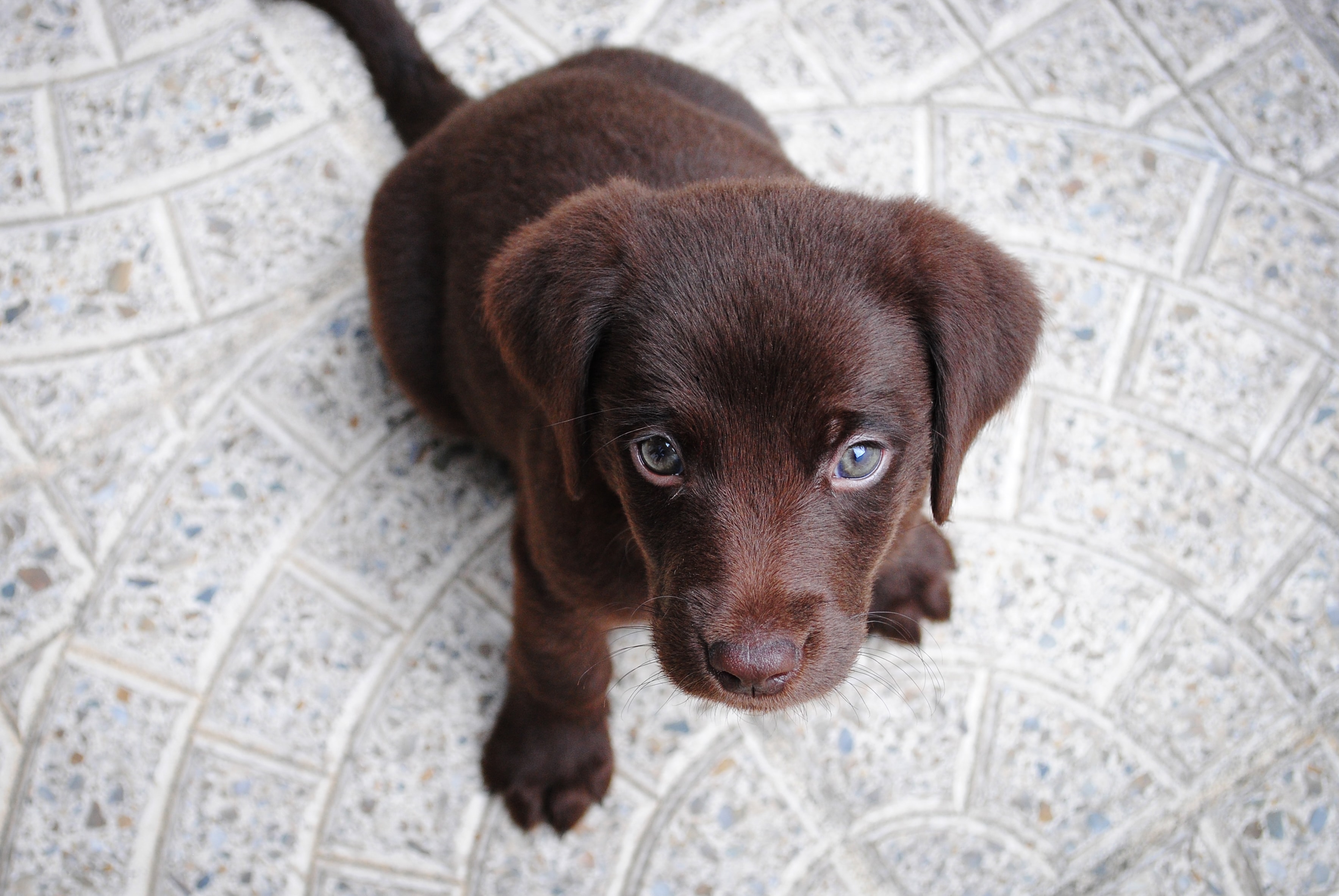

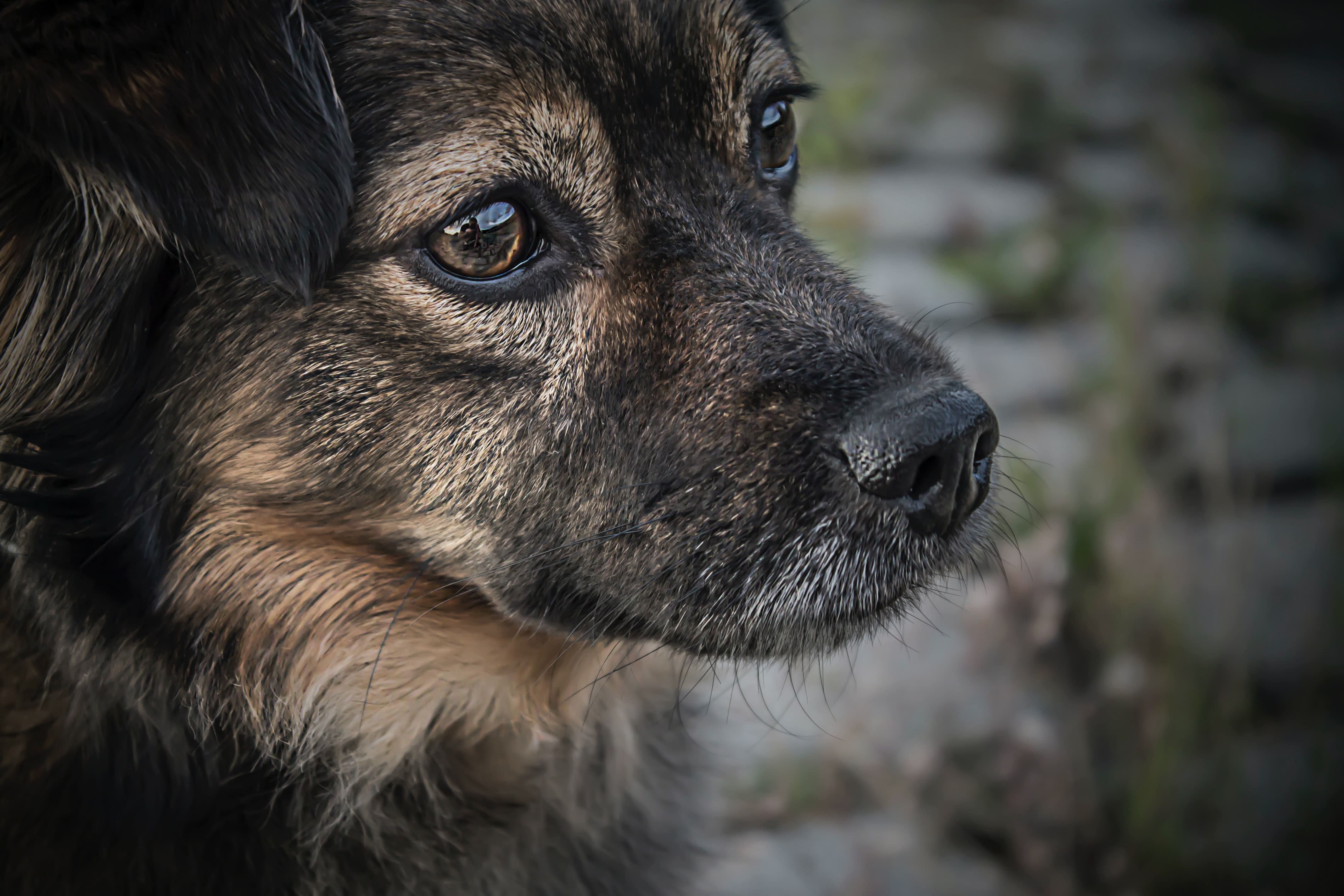
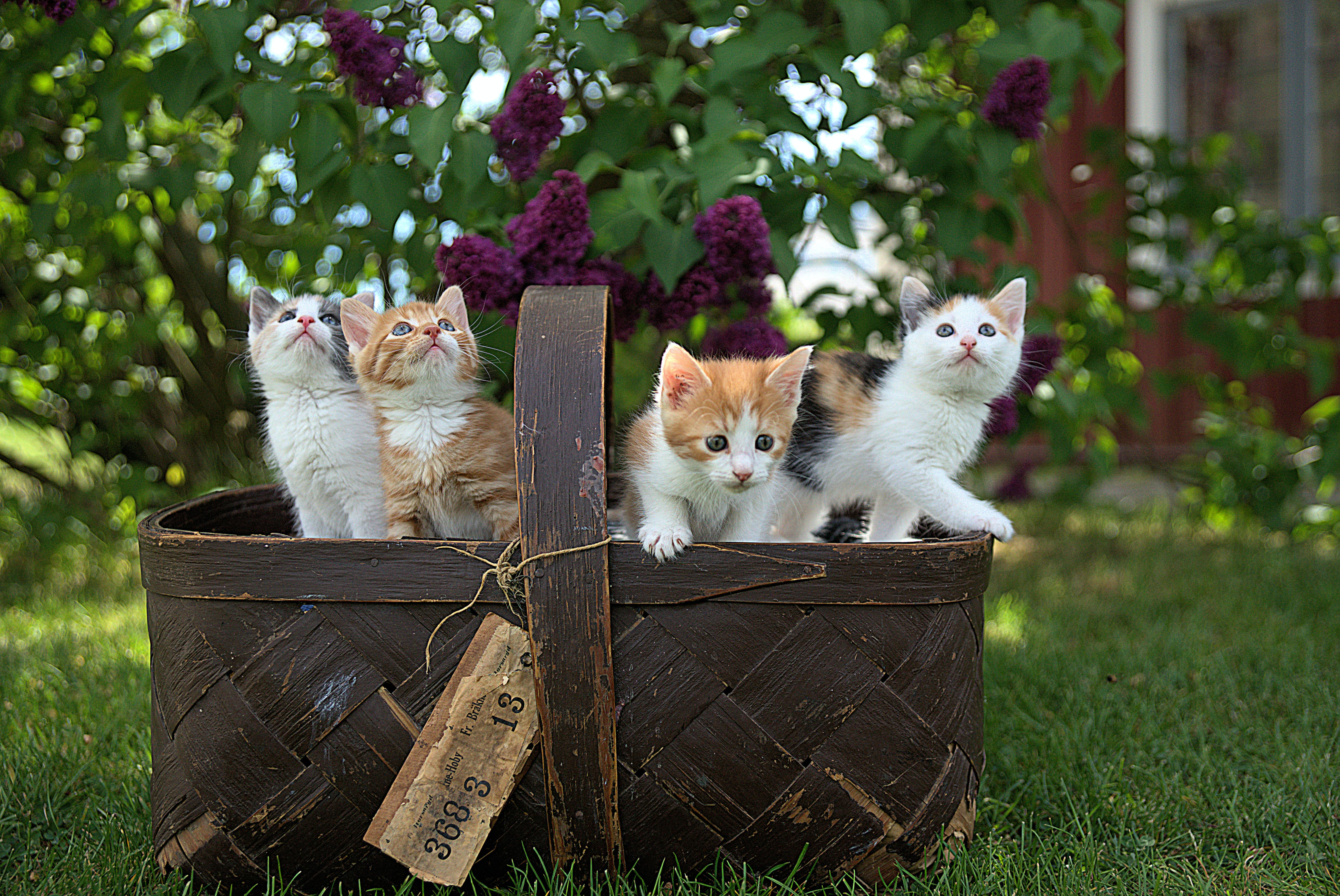
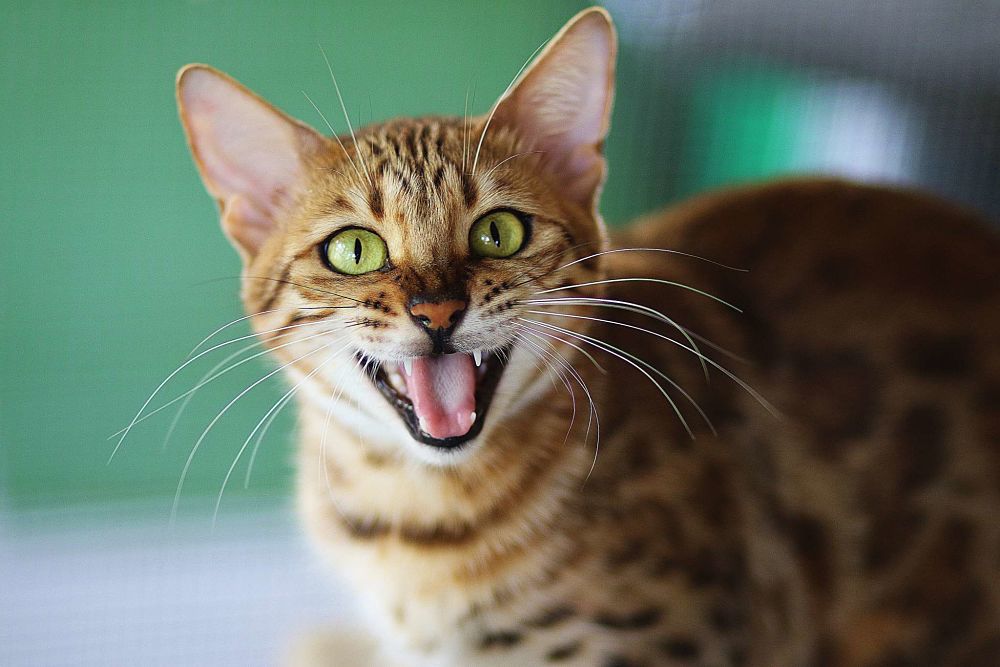

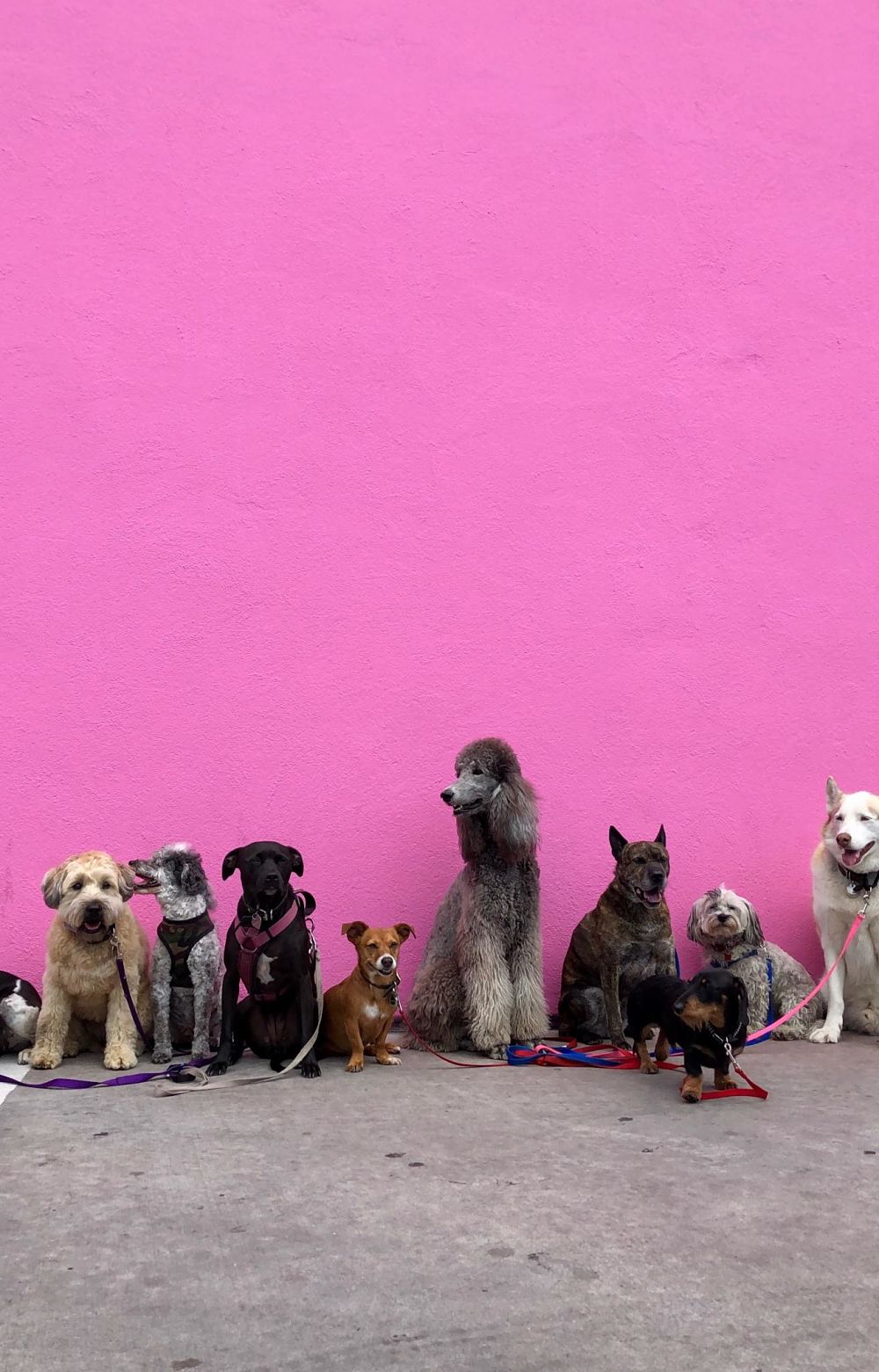
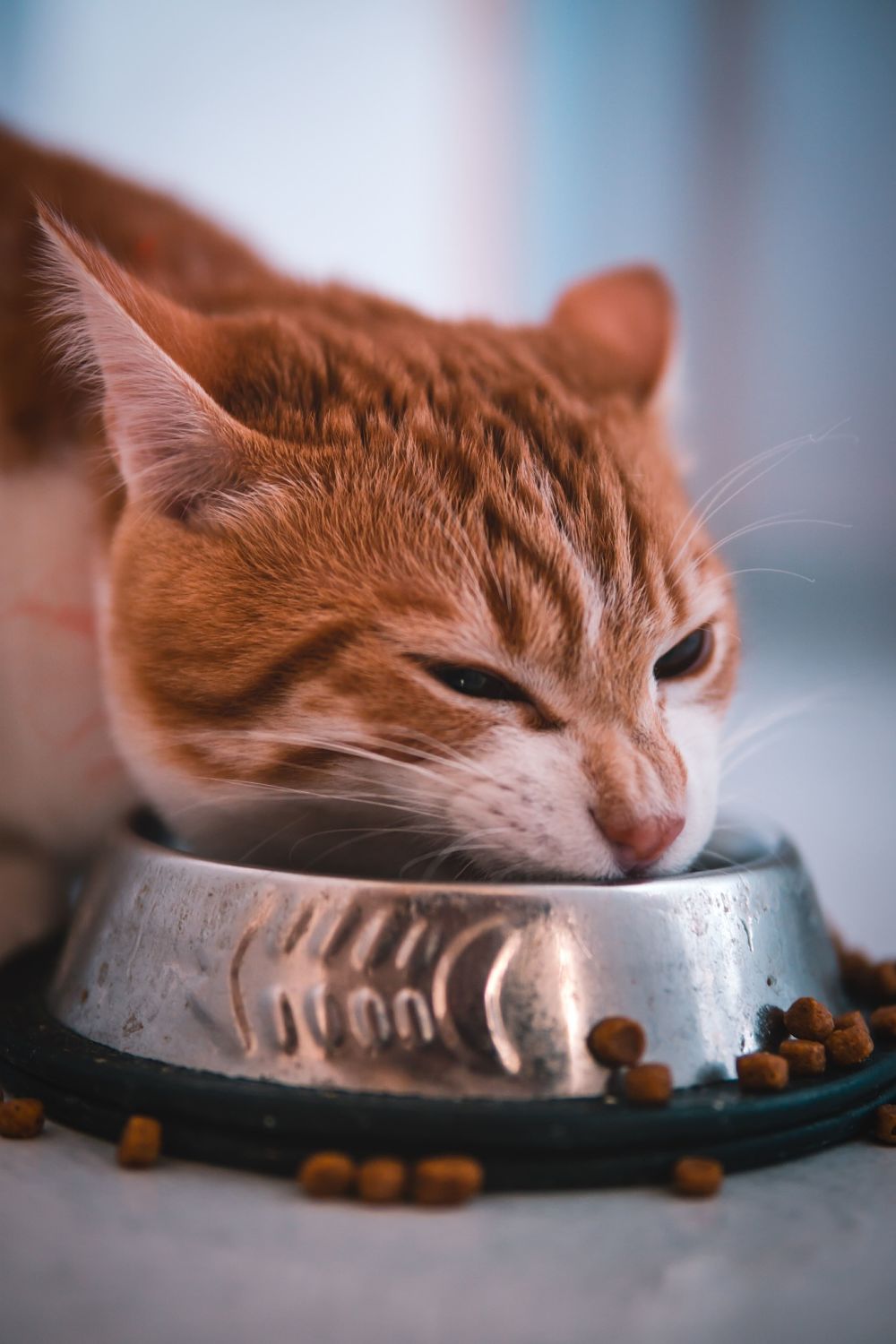

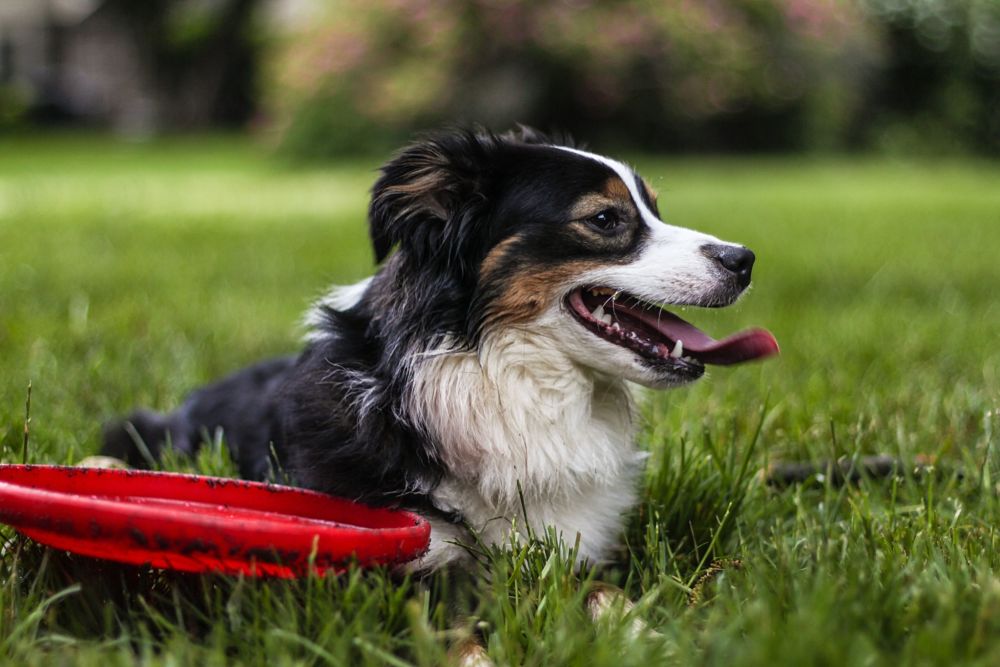
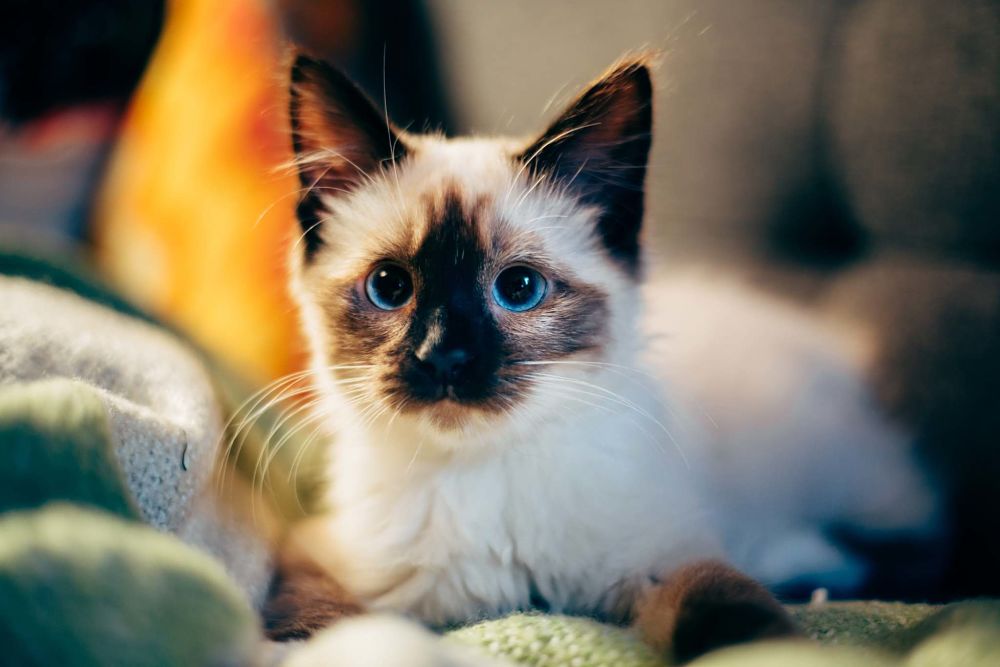

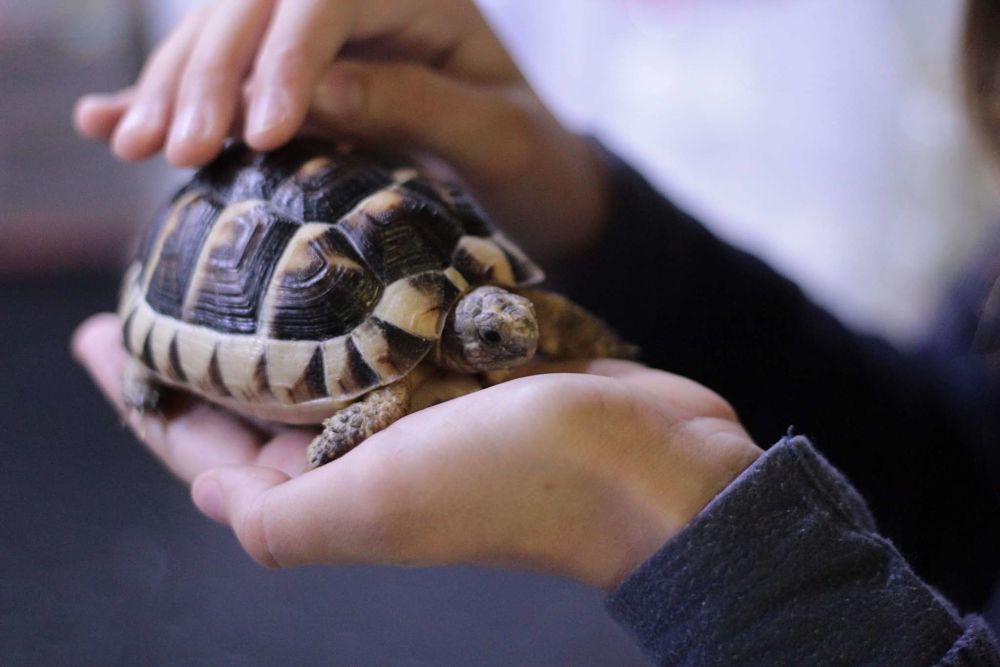
.jpg)


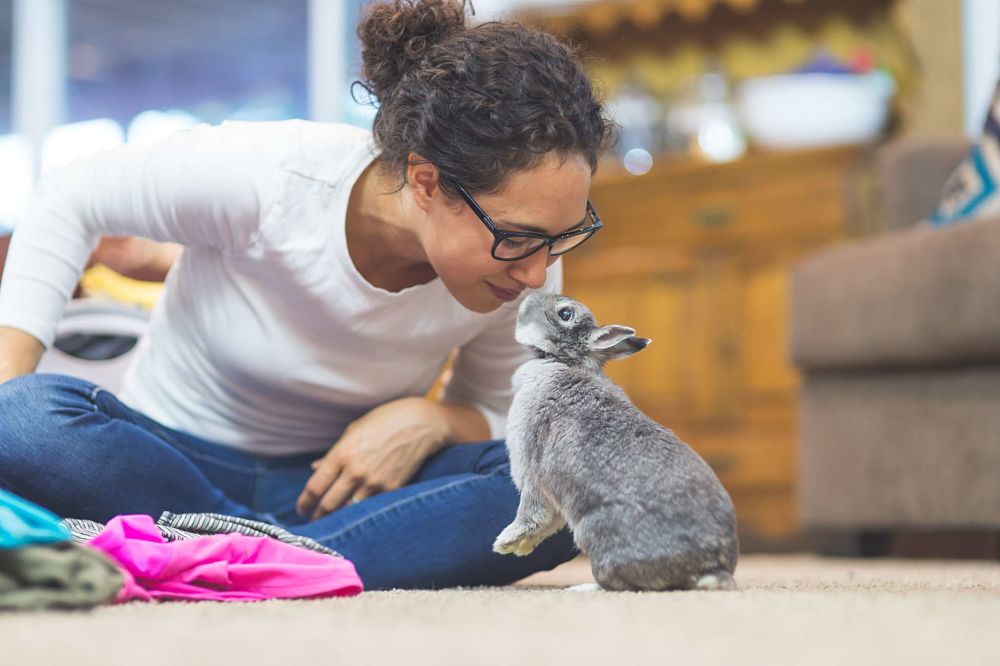
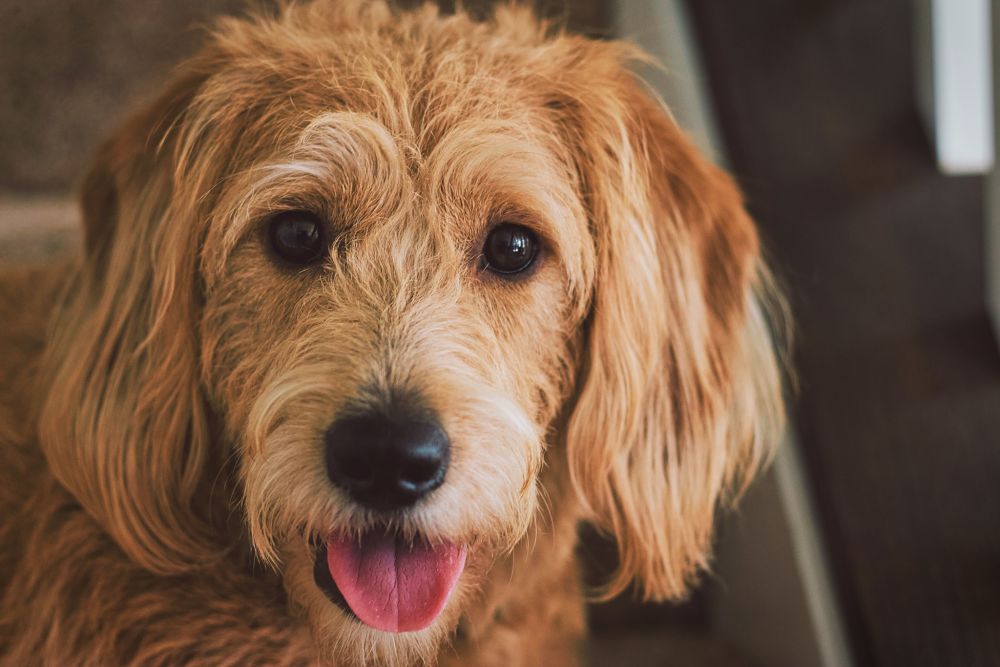

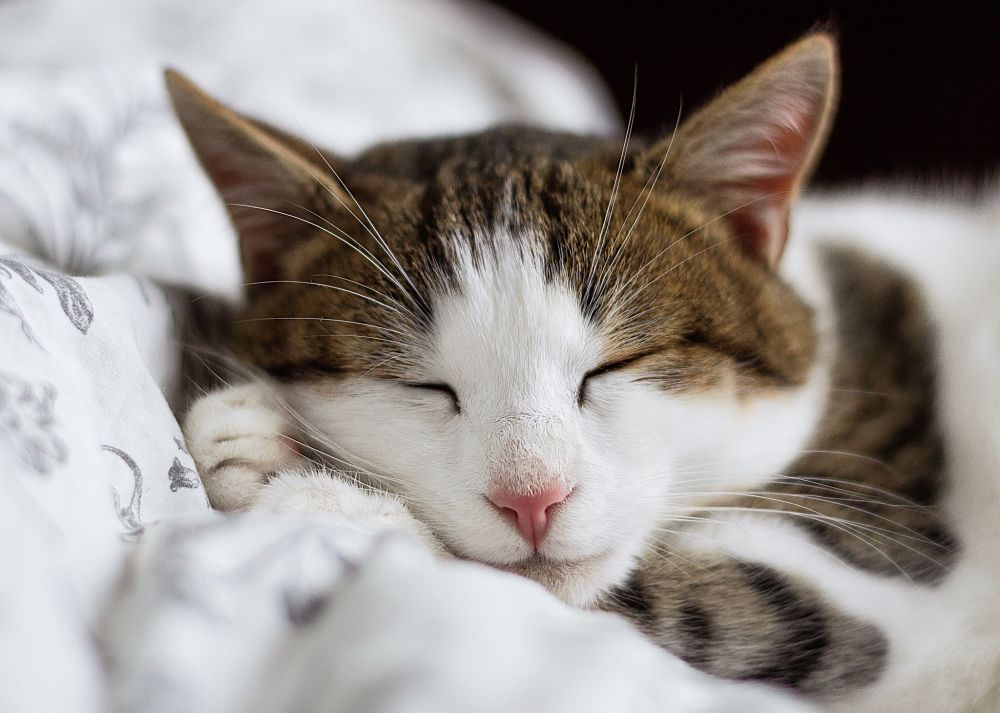
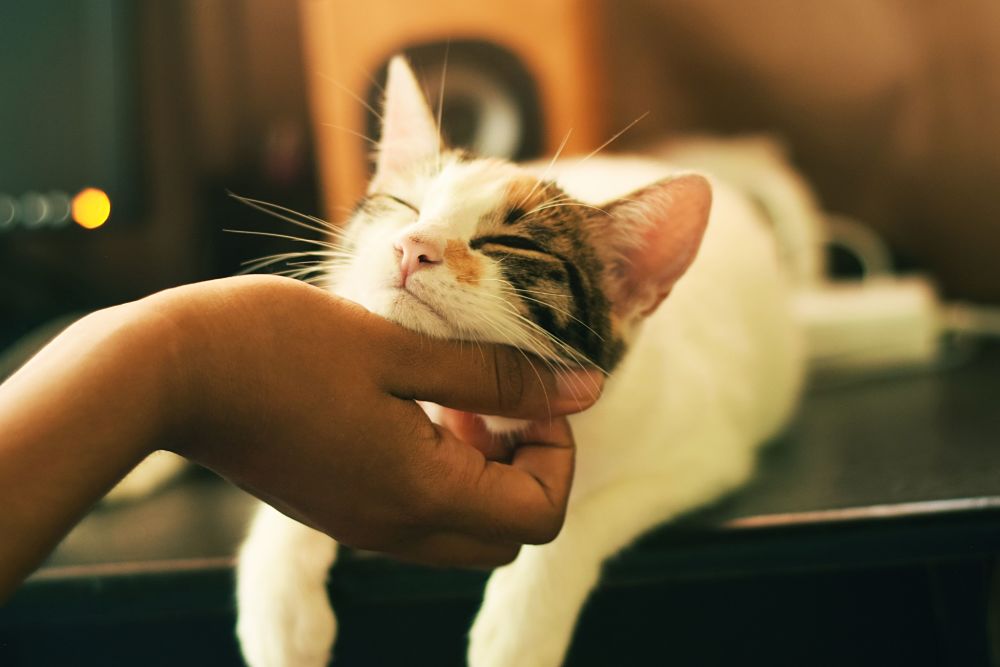


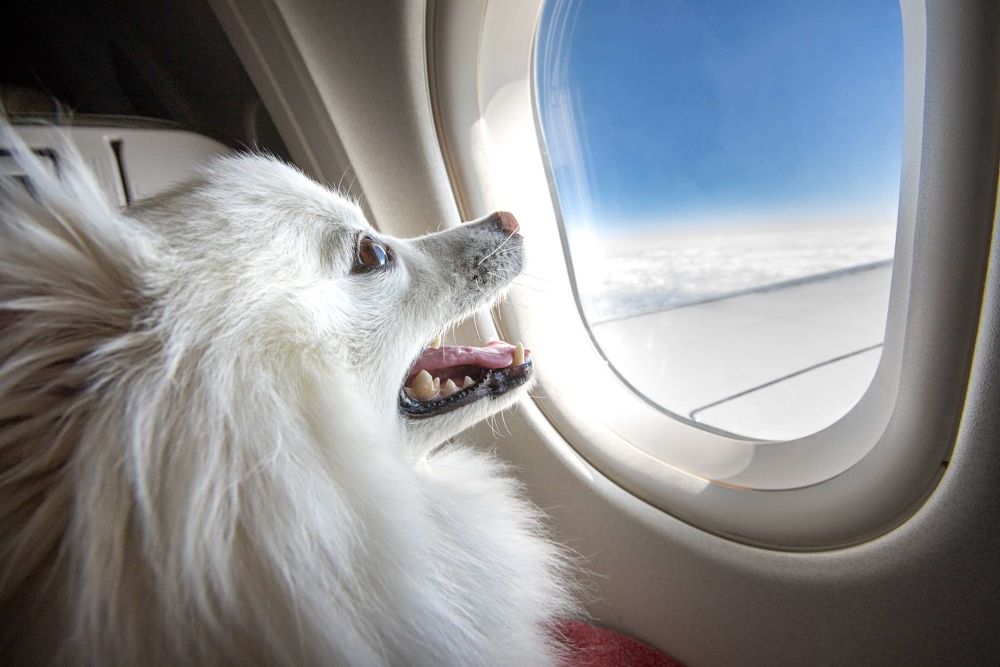

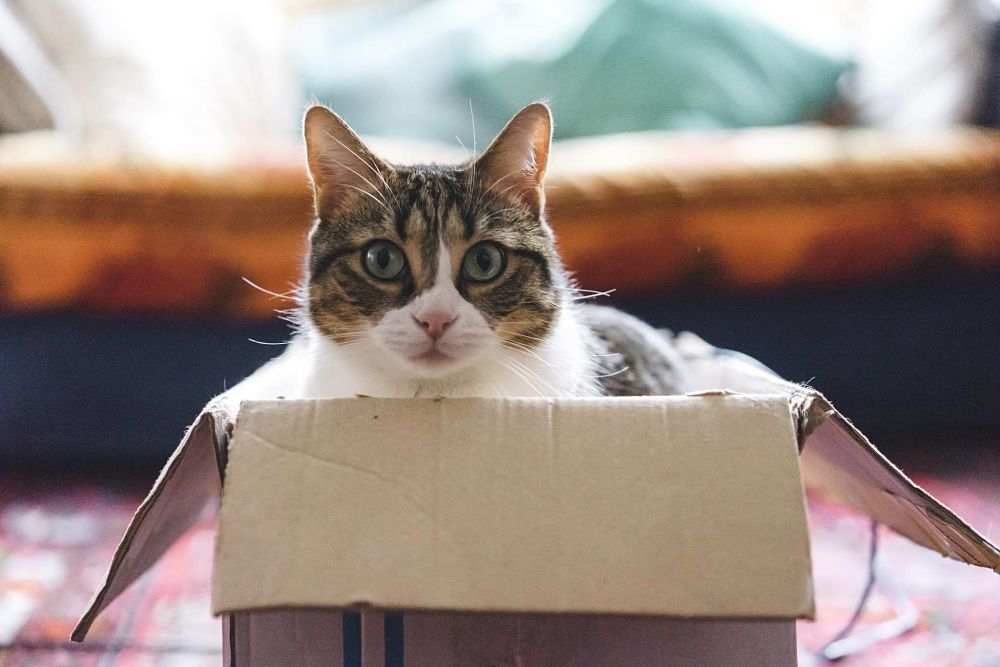
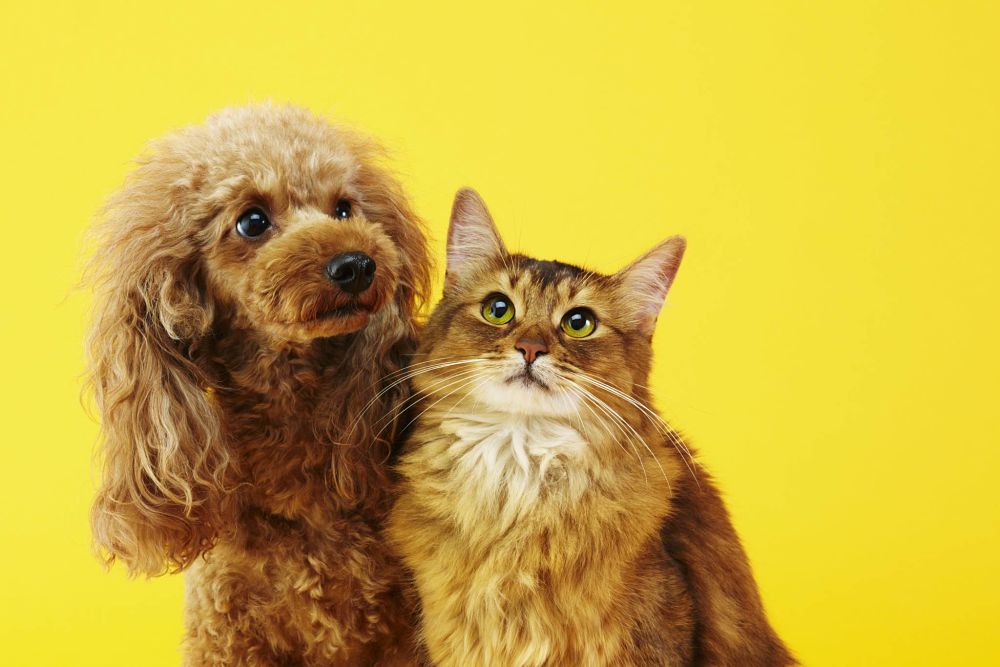
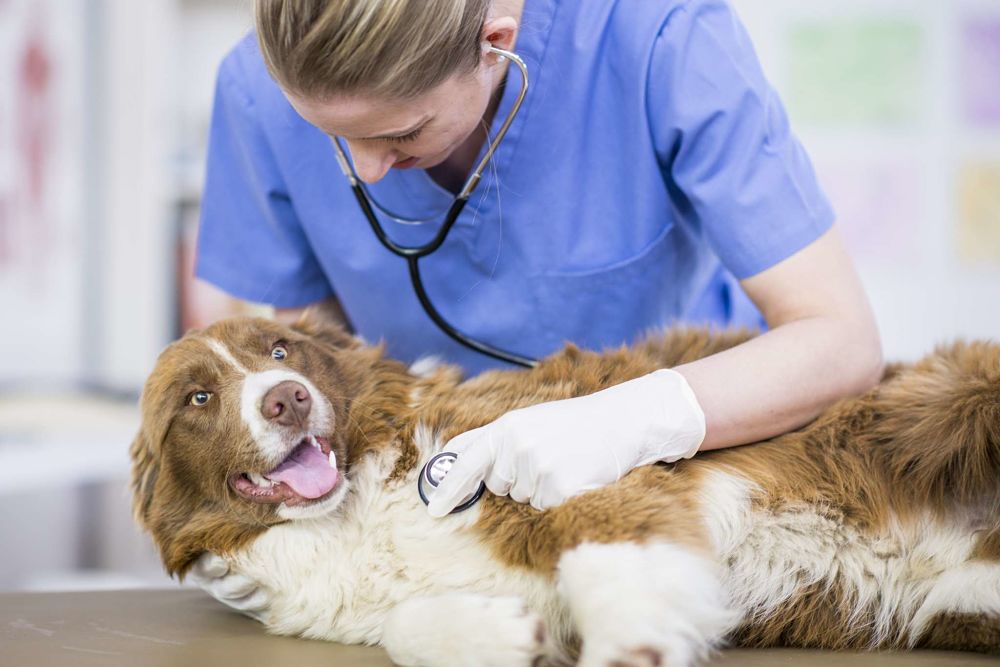
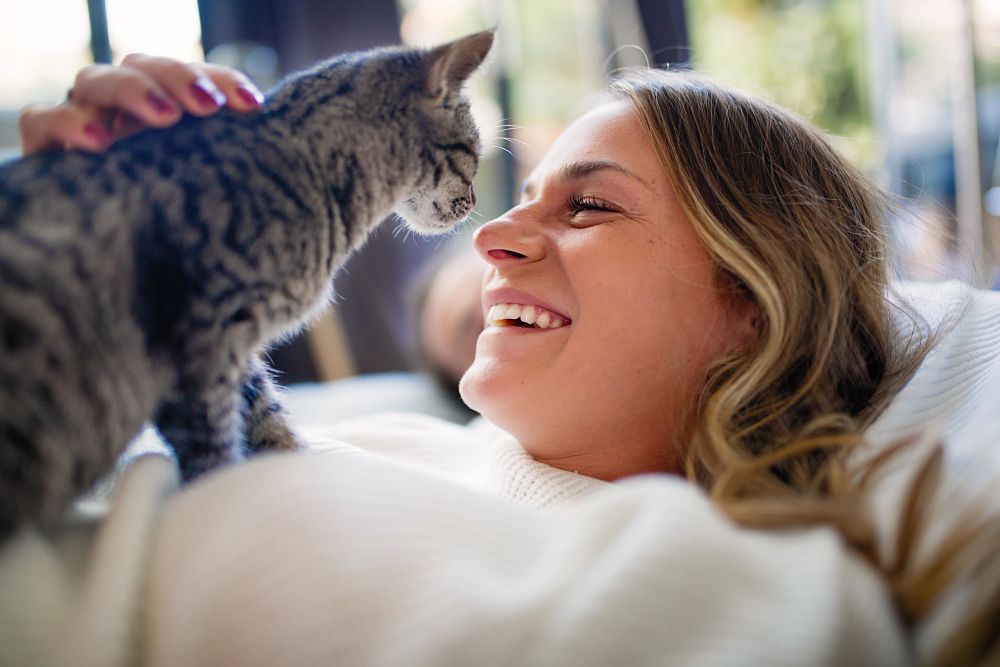




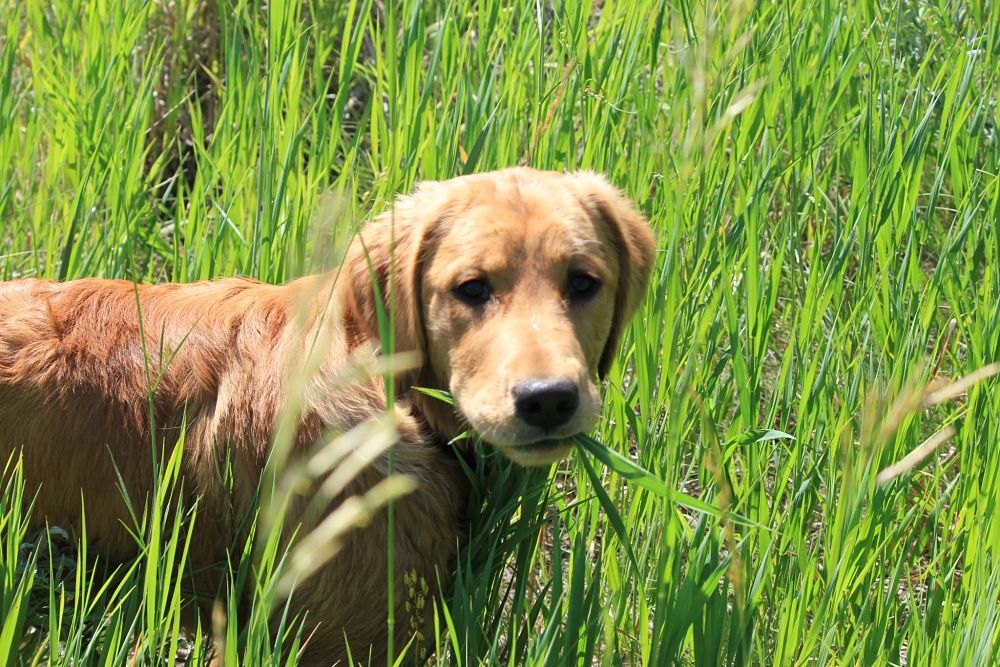
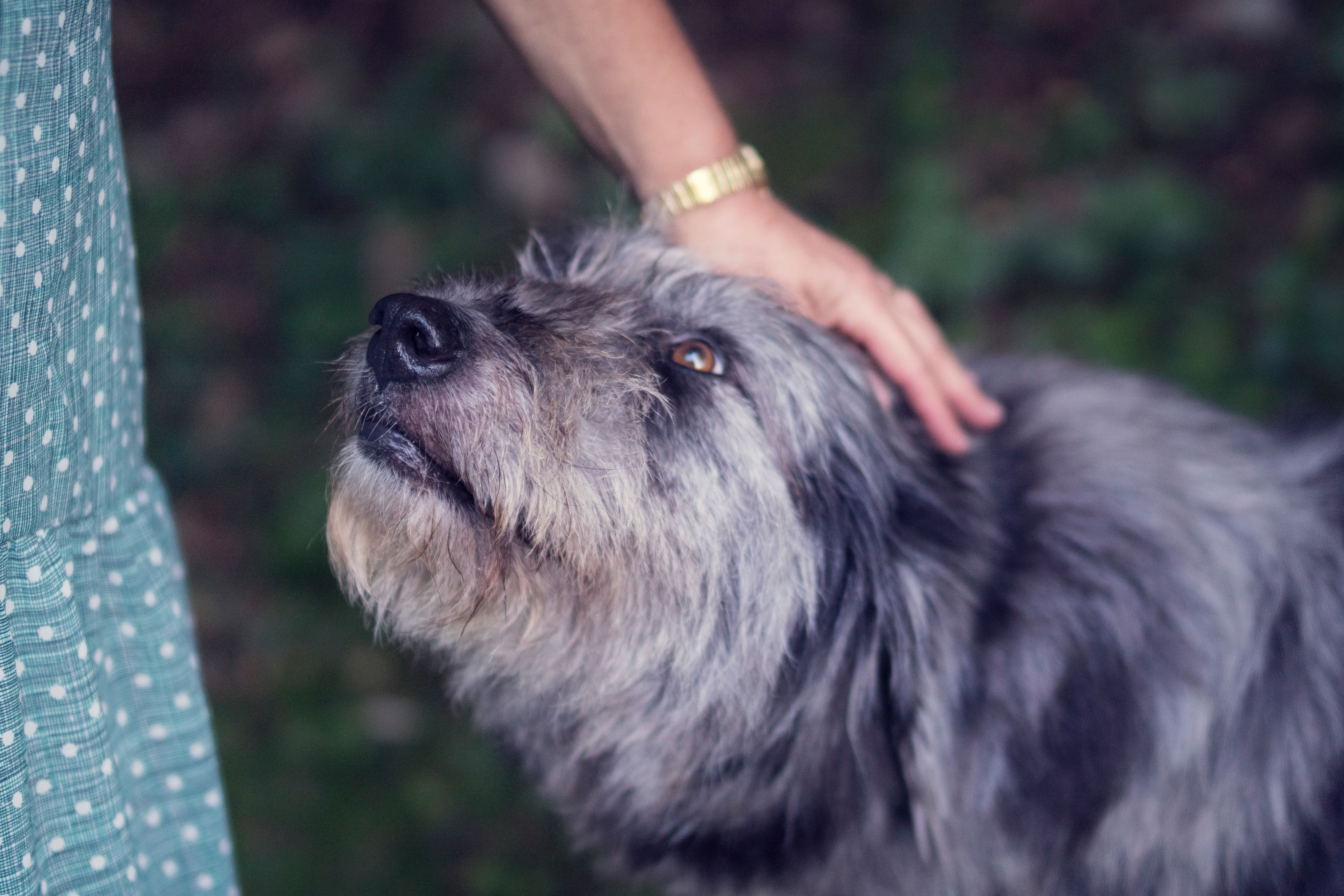
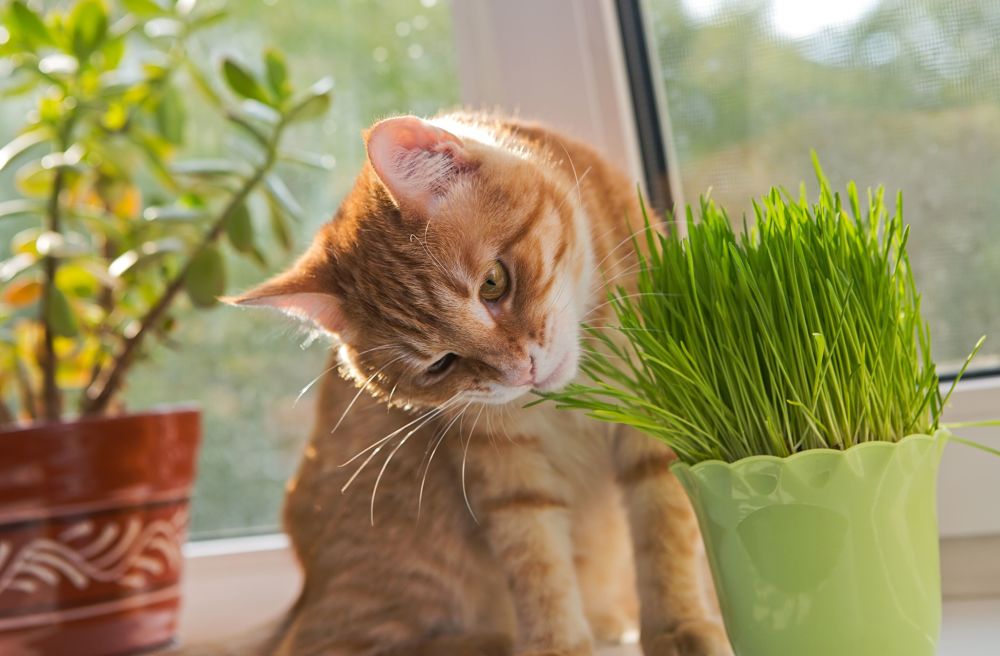
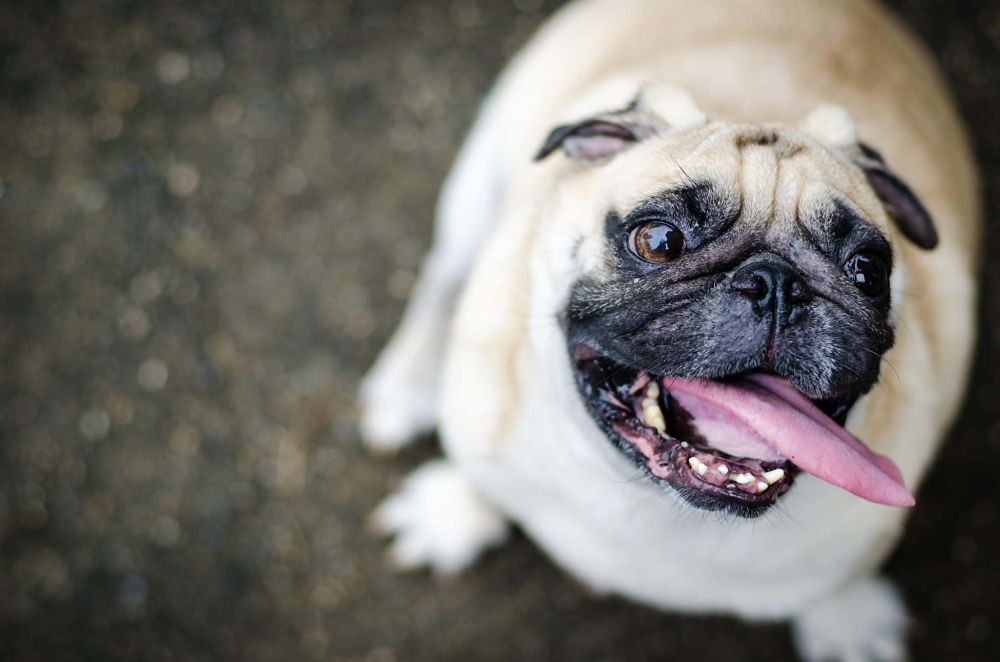
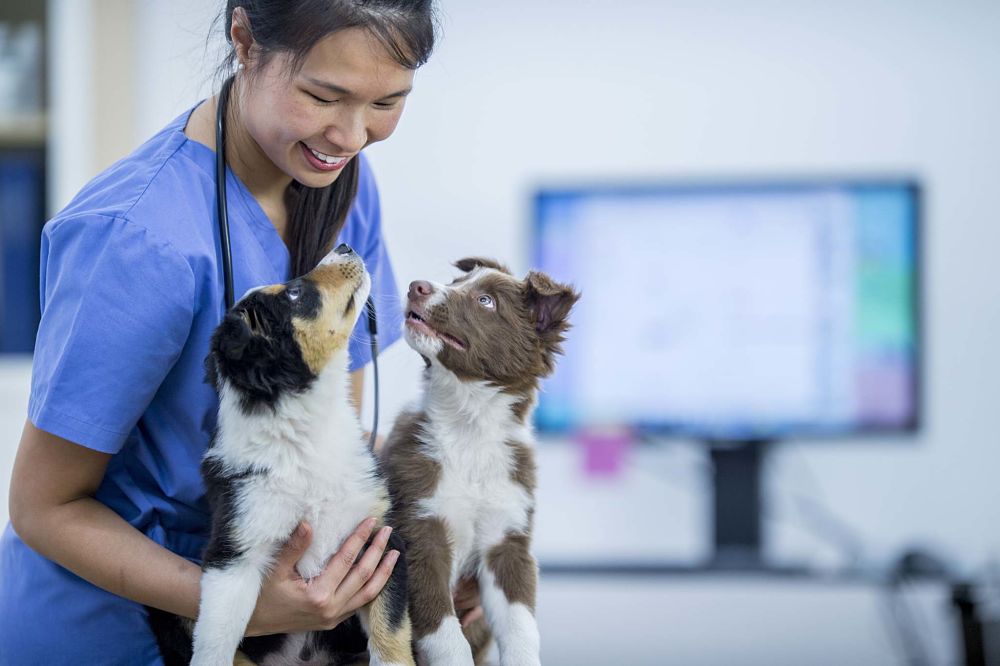

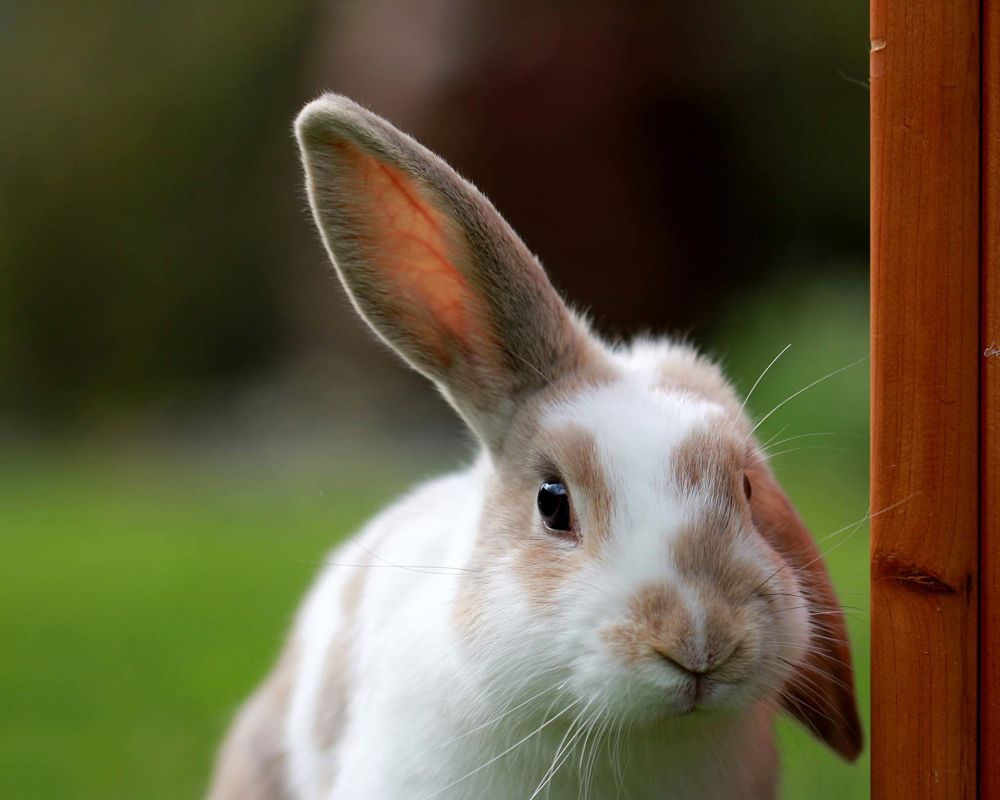
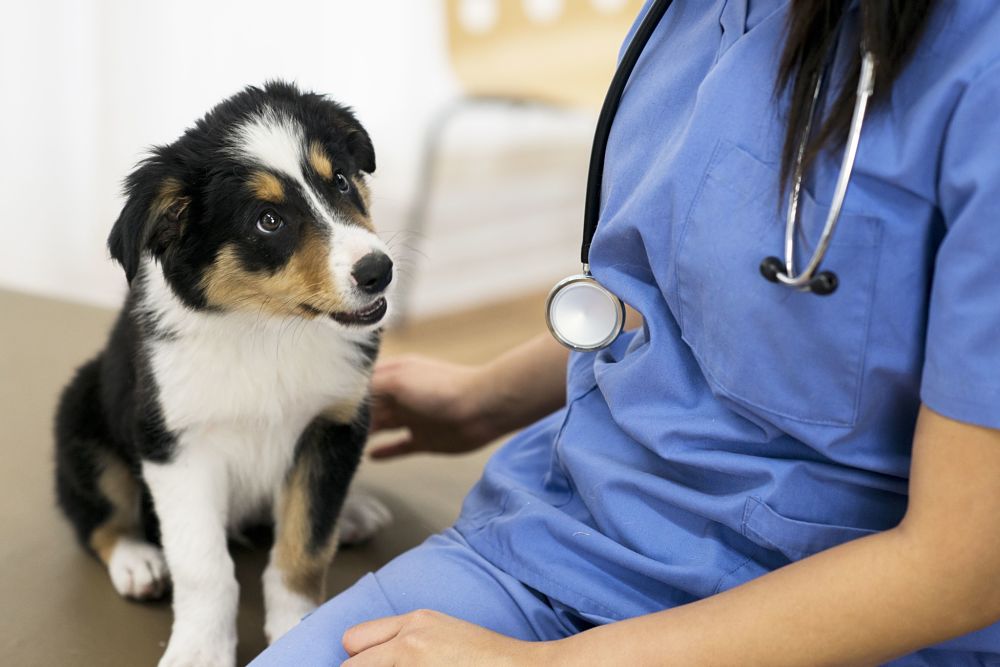


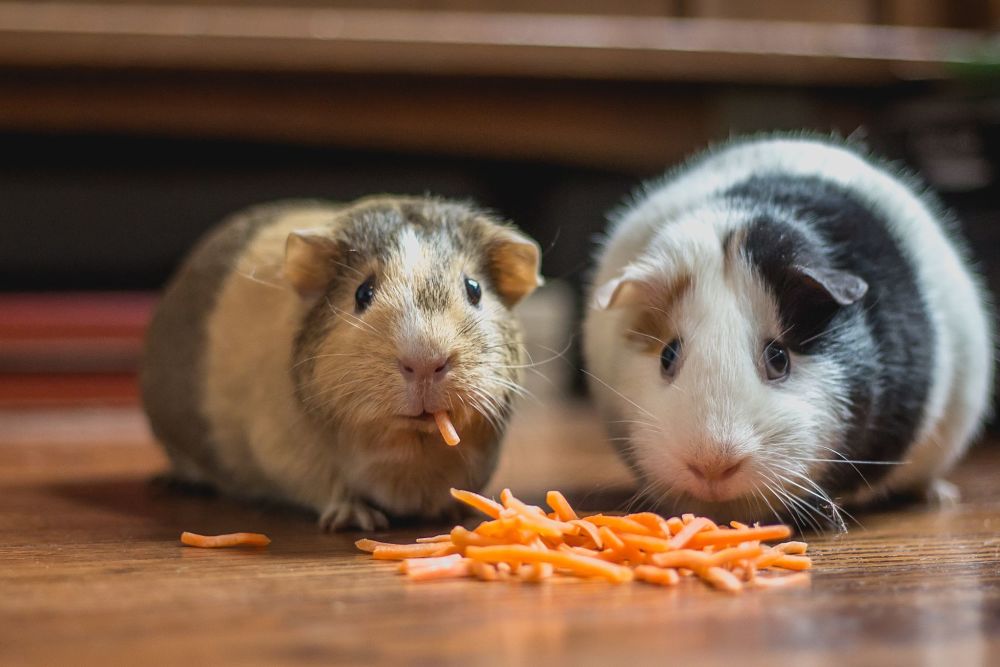


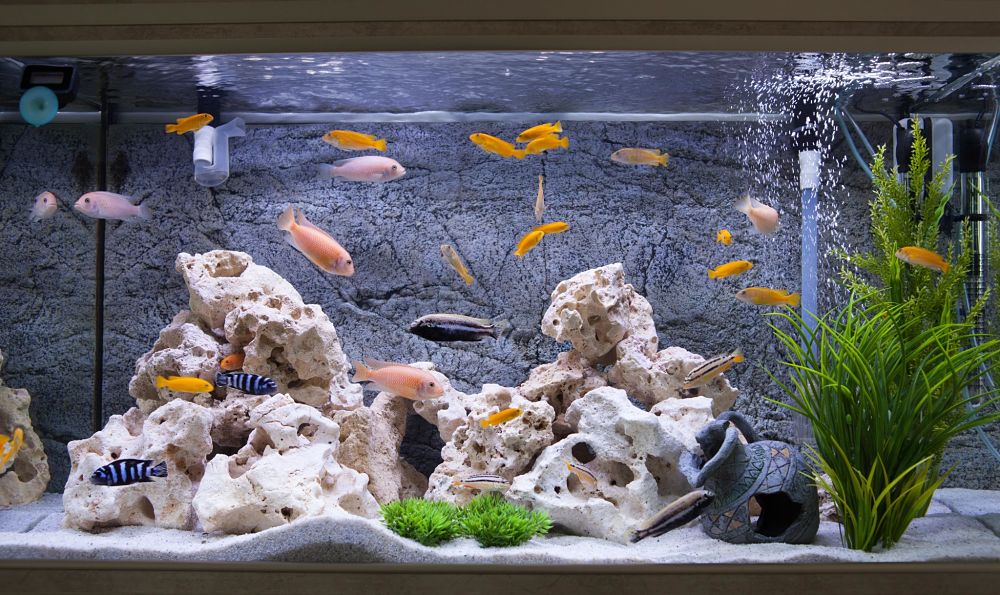
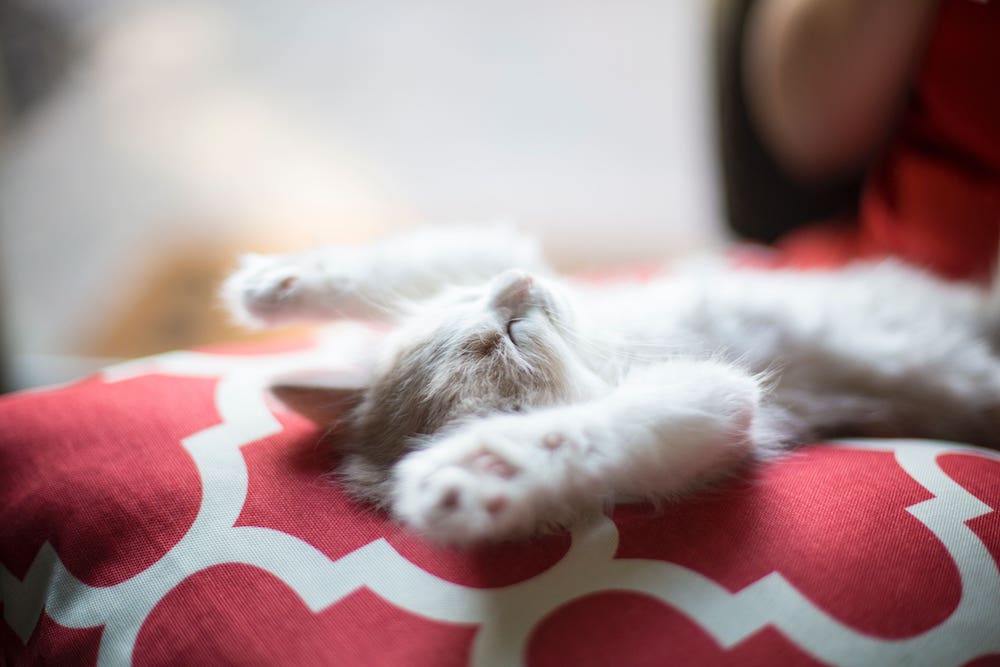
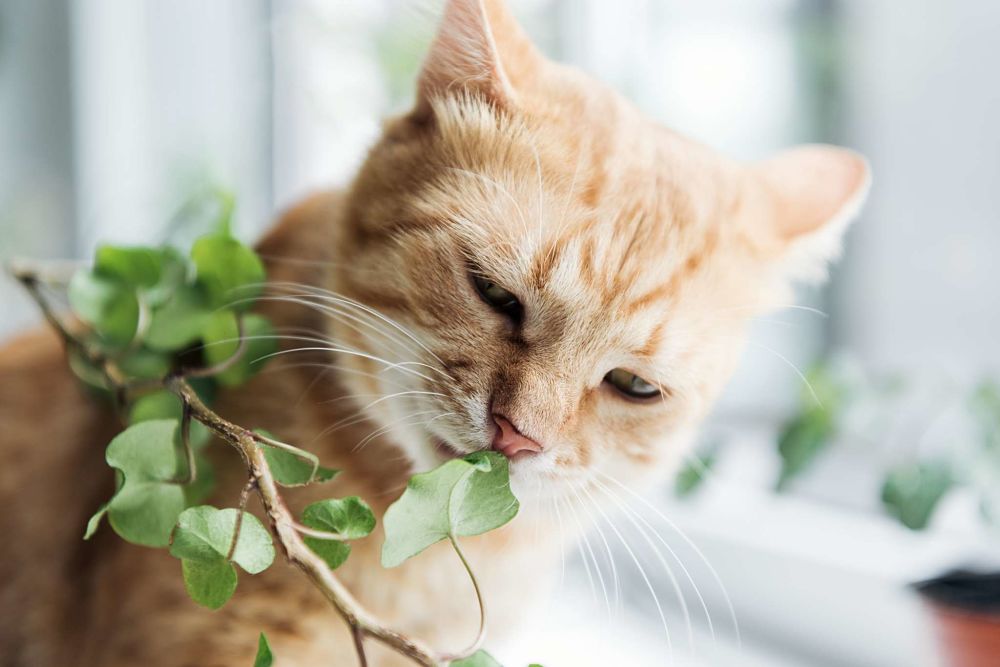
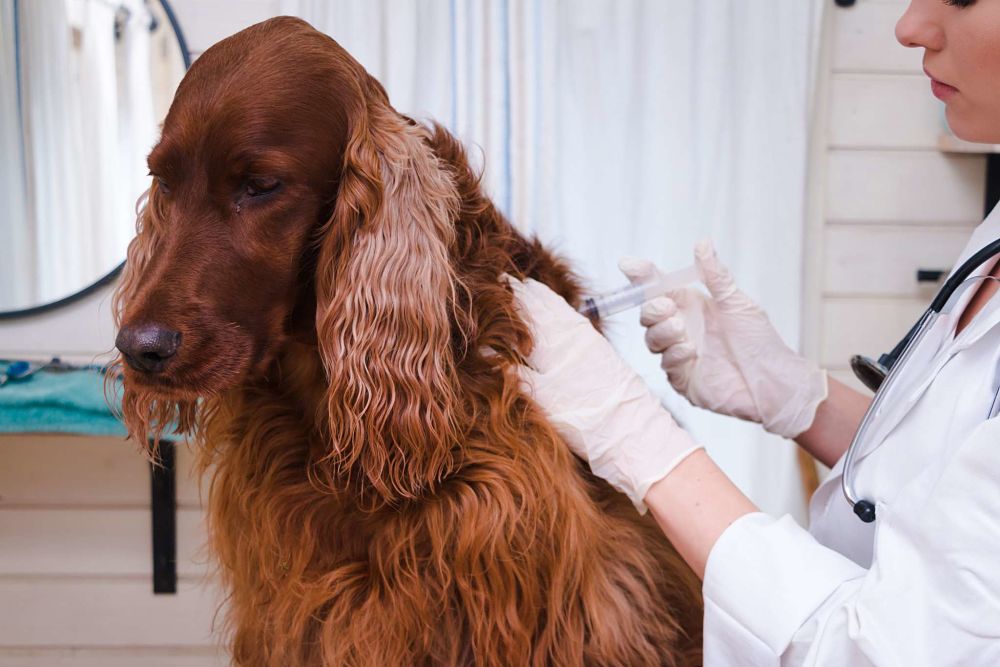


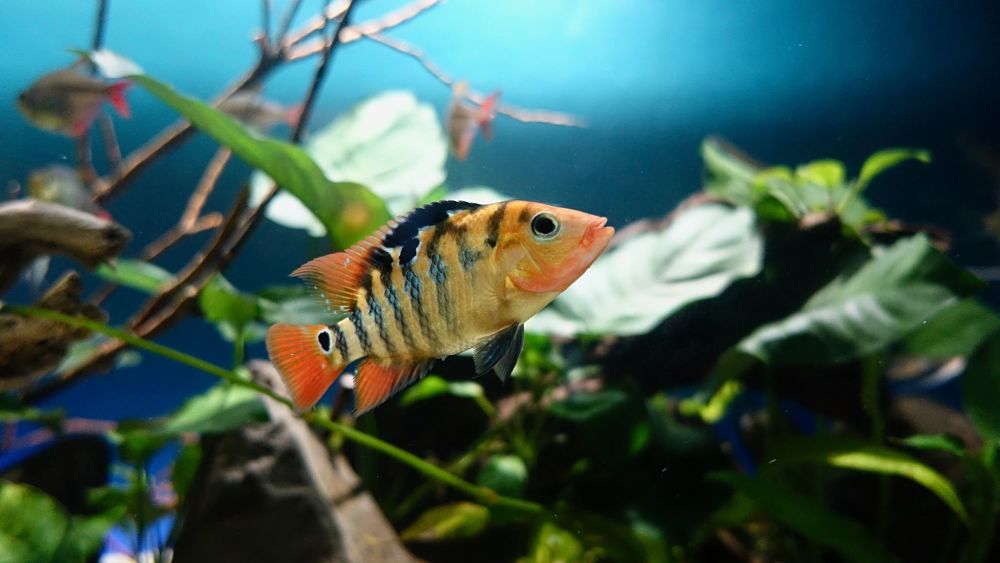
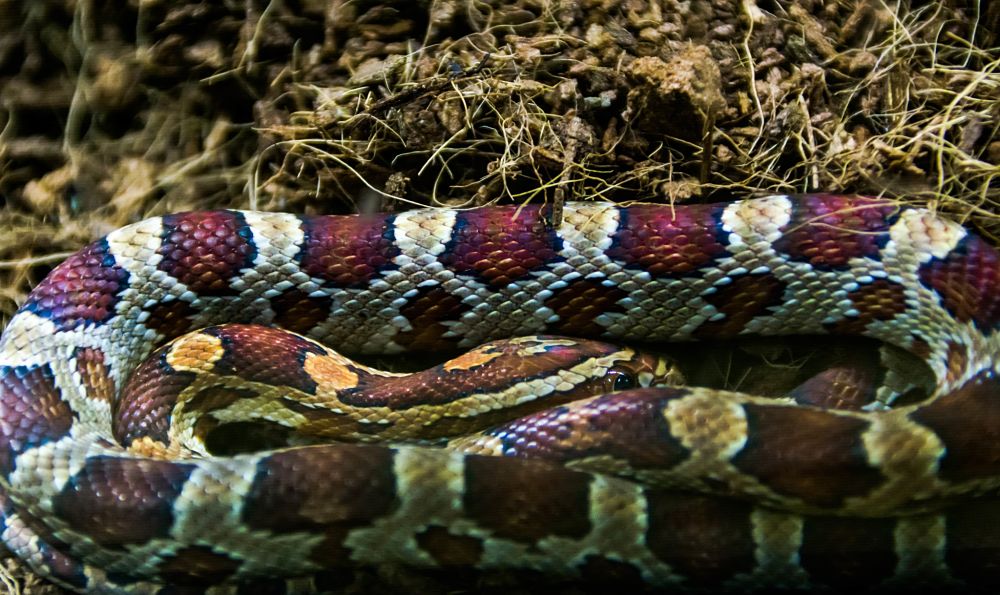
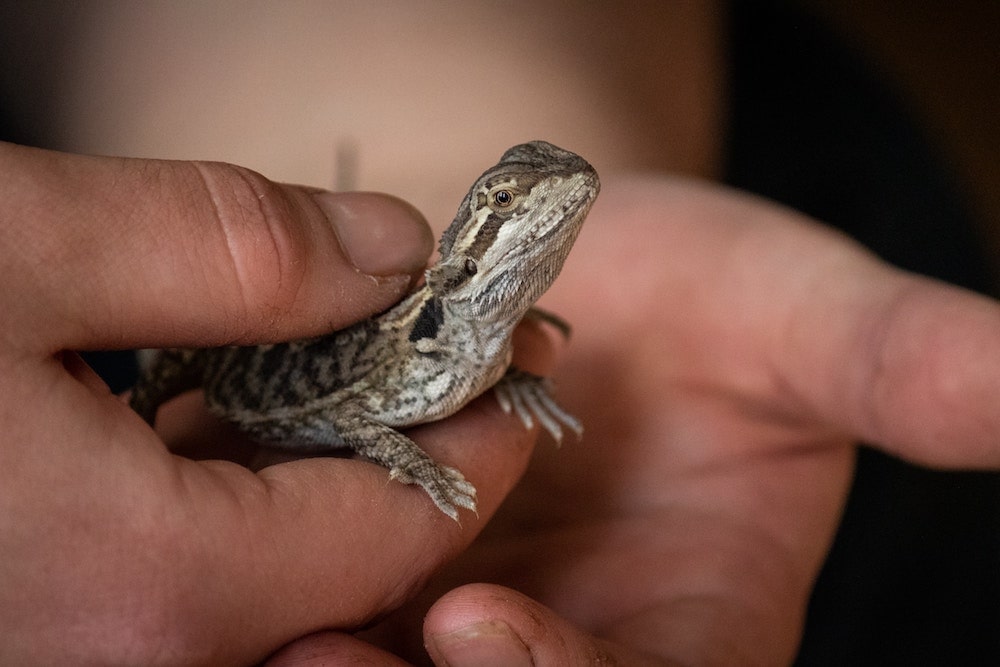


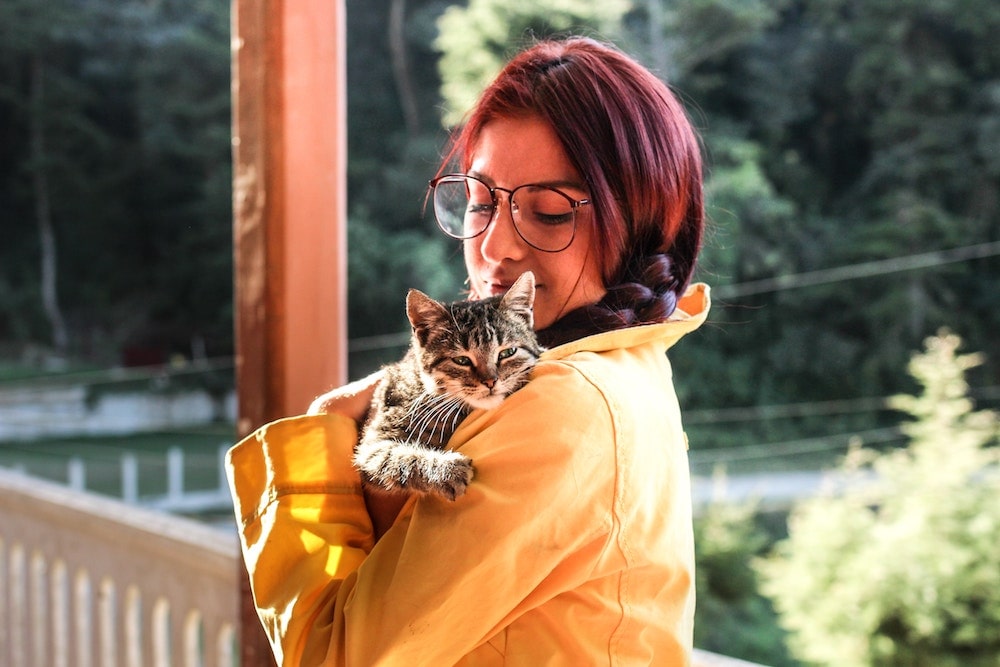
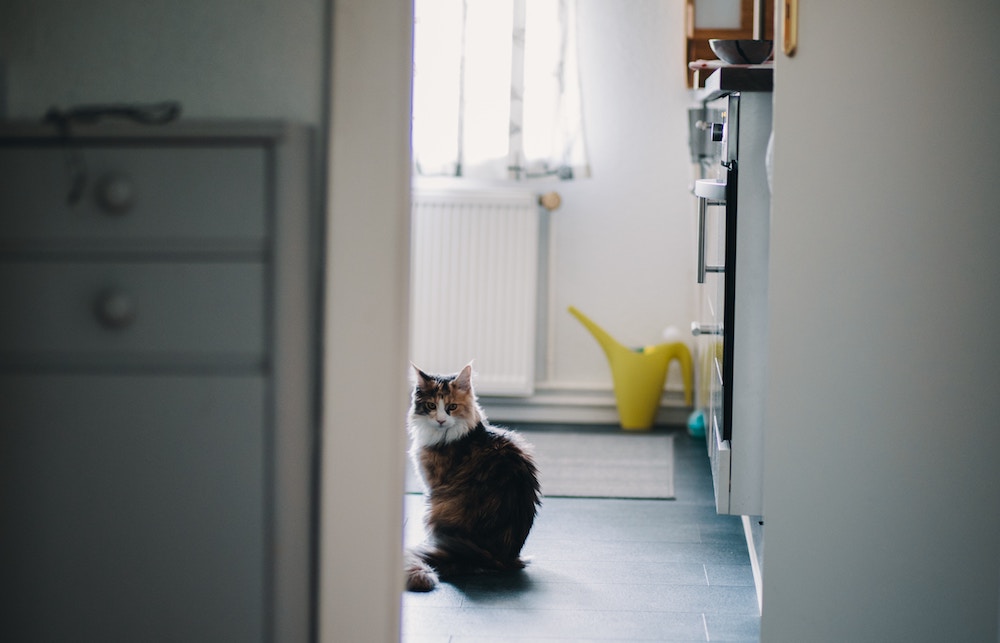
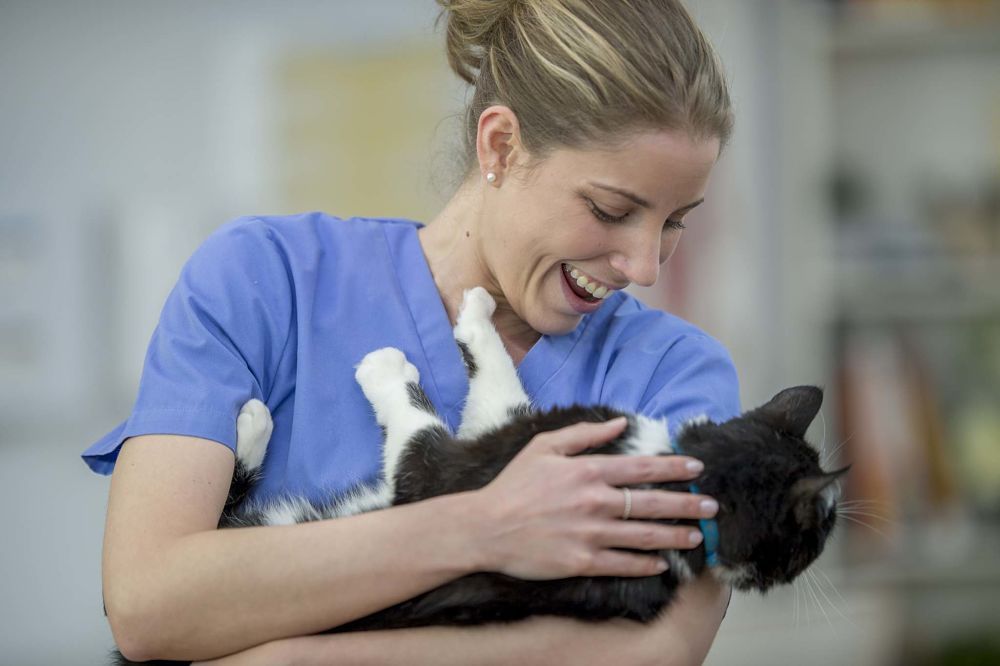
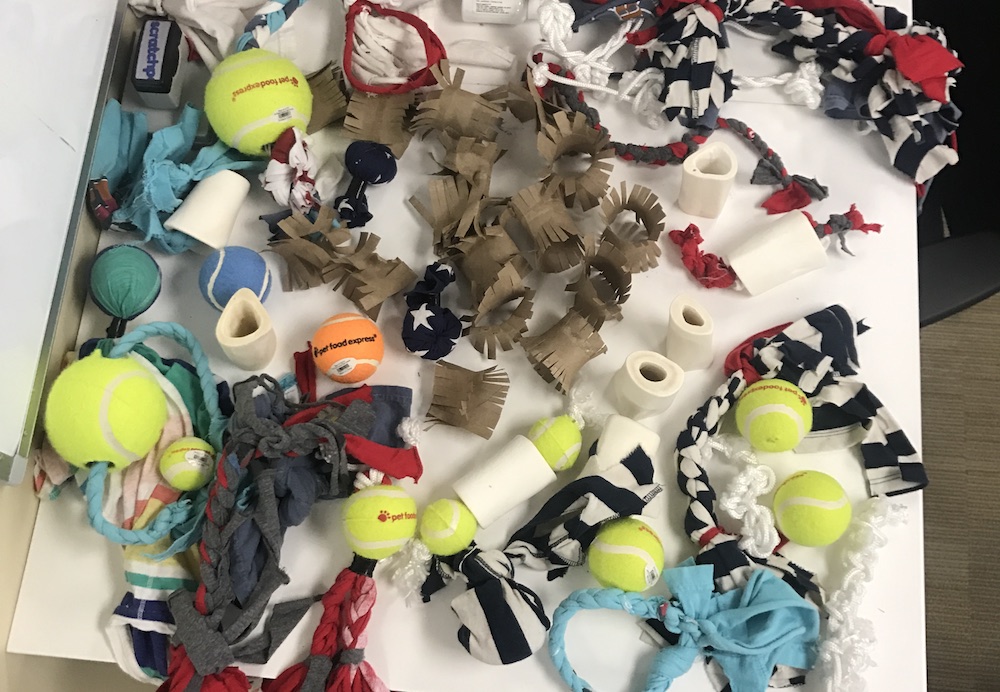


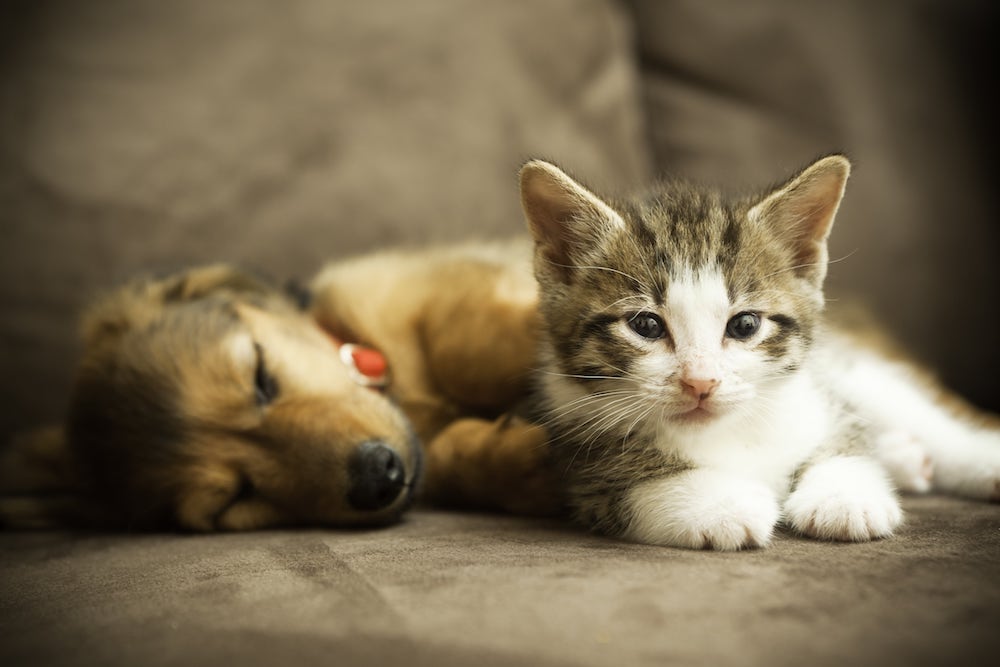
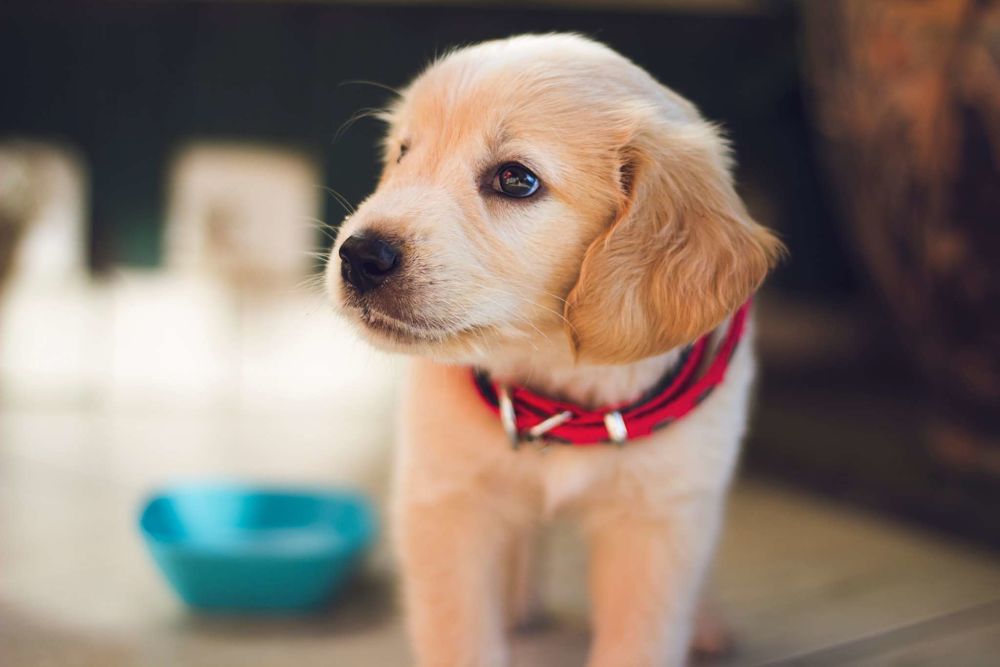


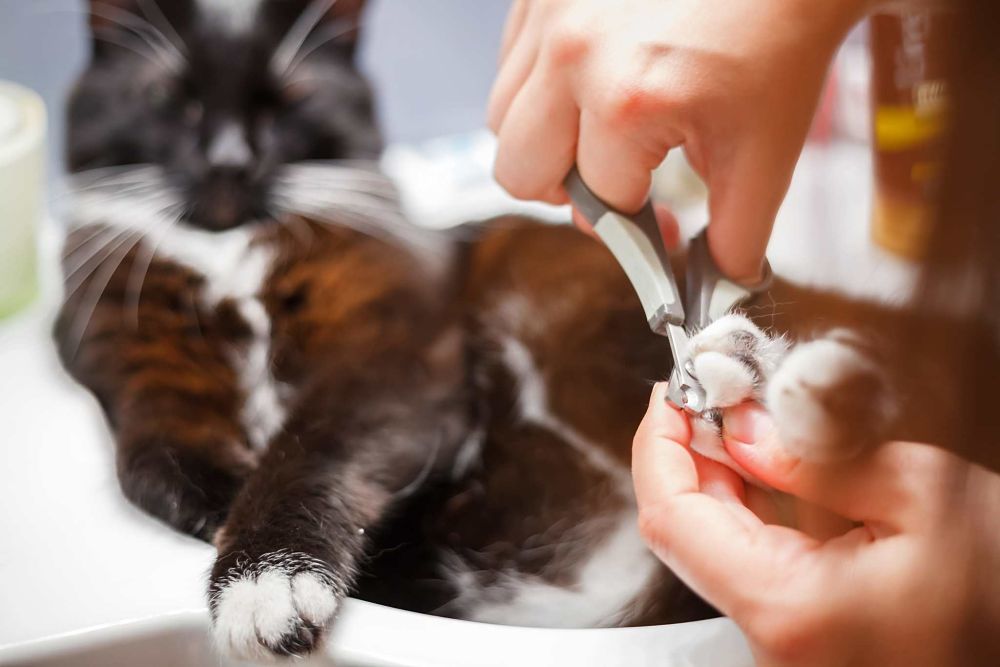
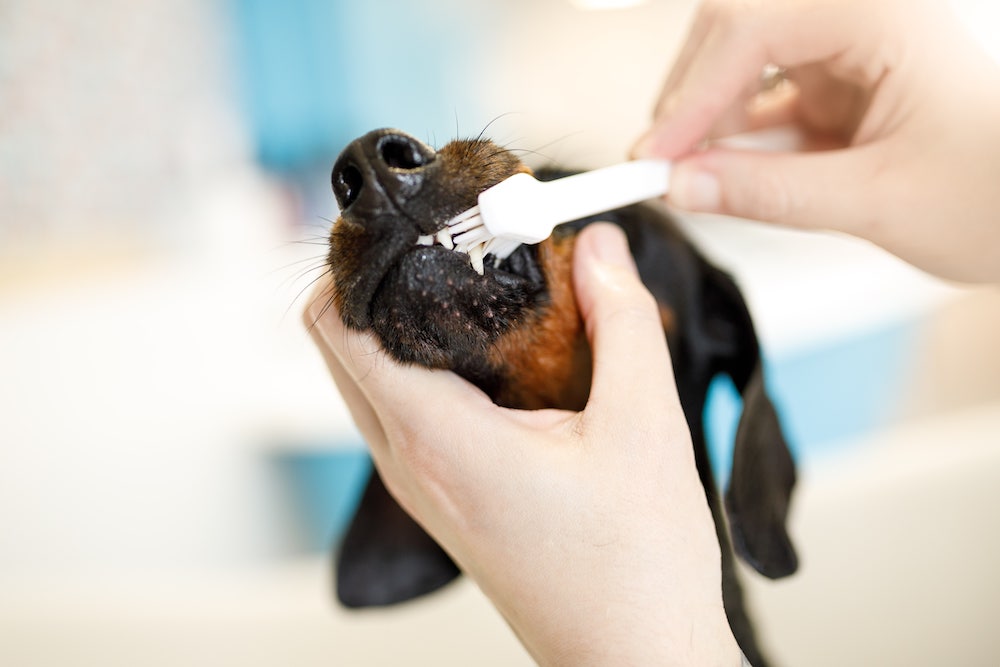
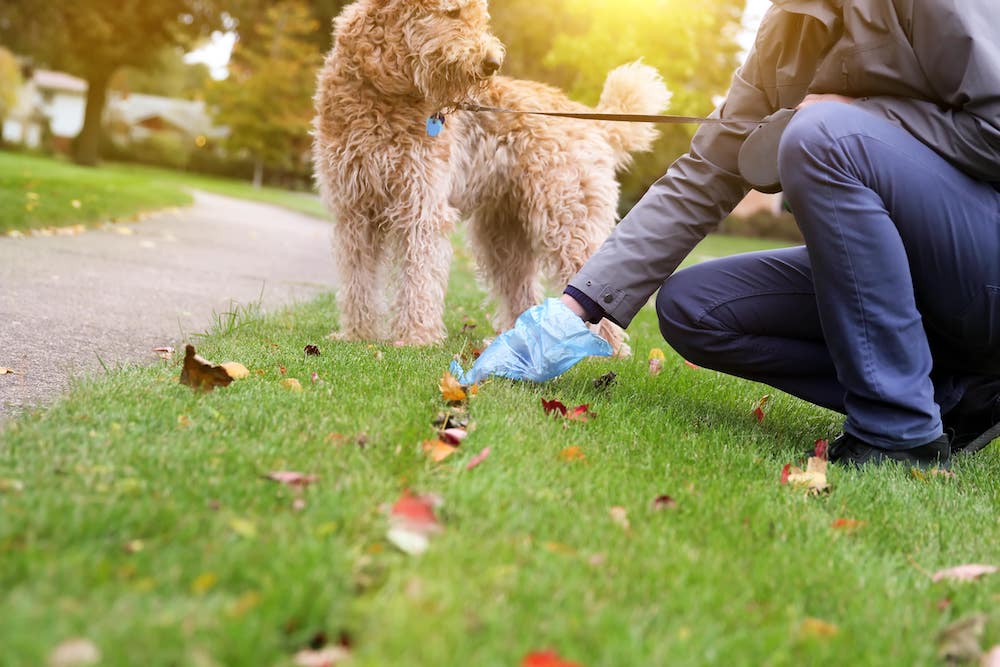
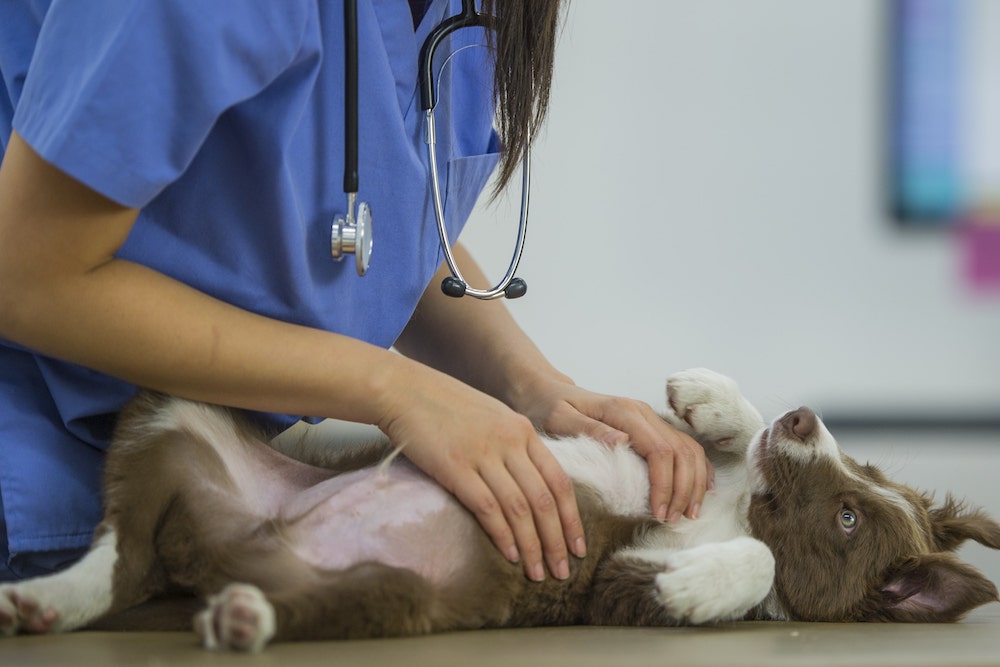
.jpg)



